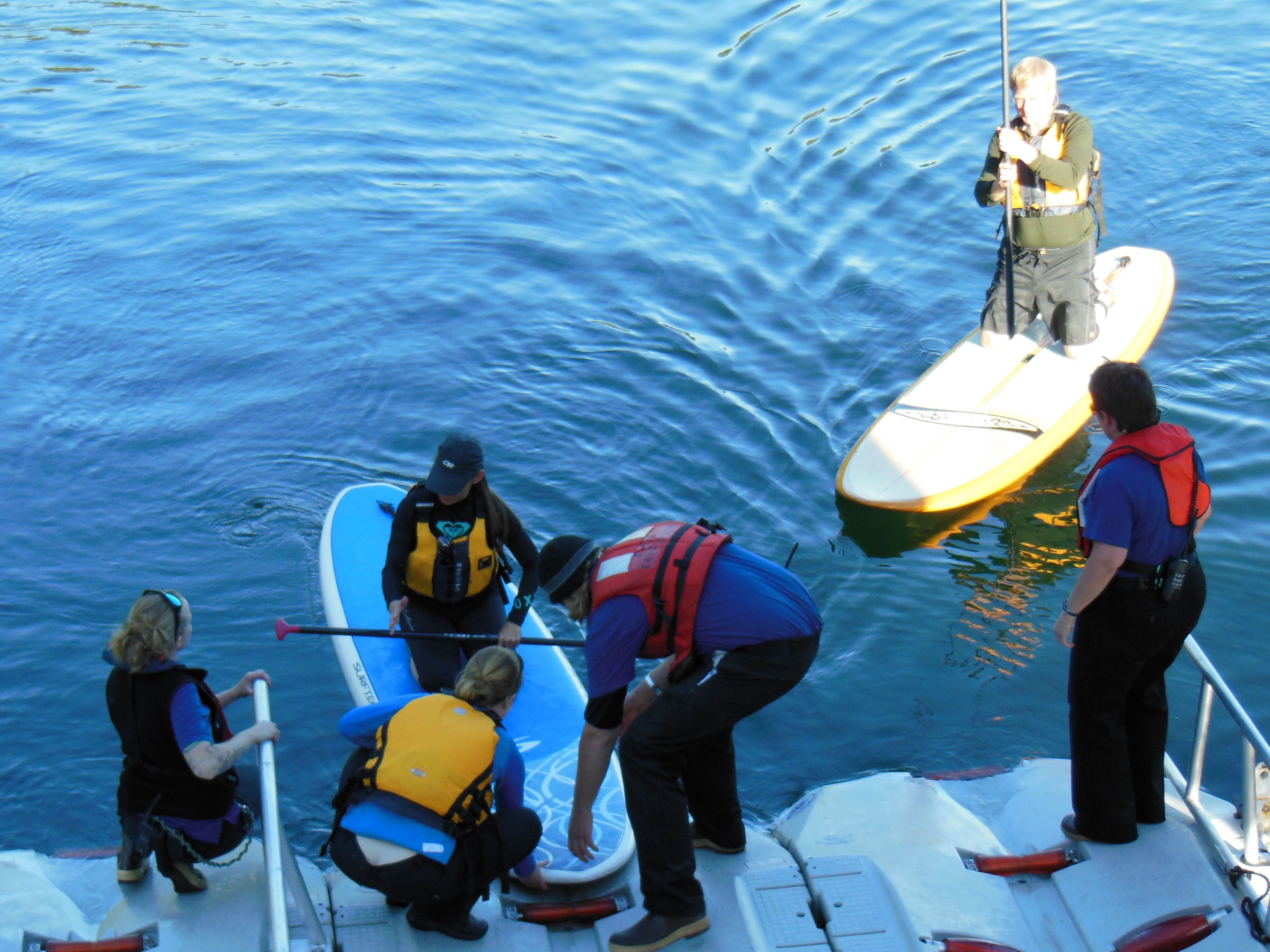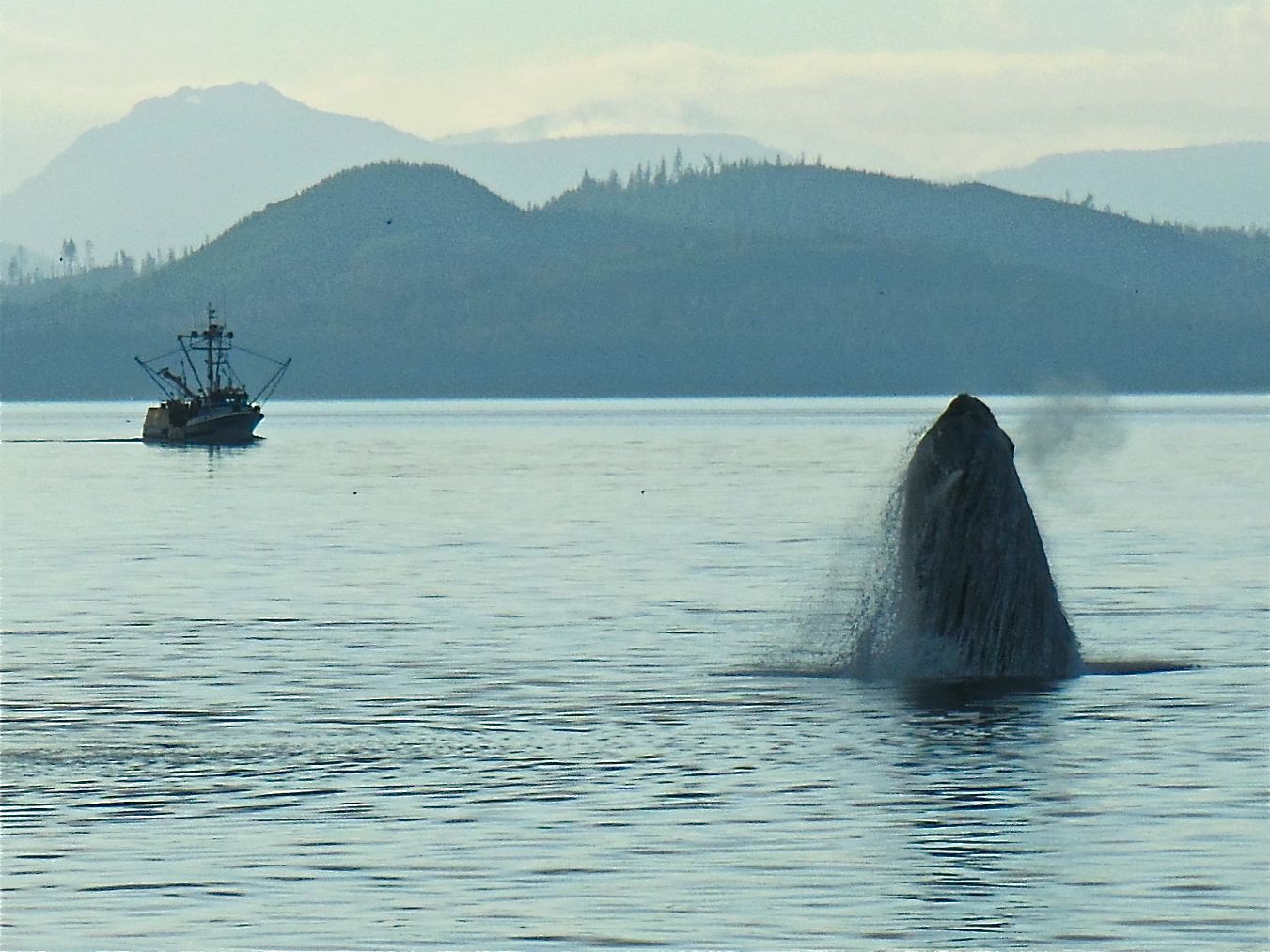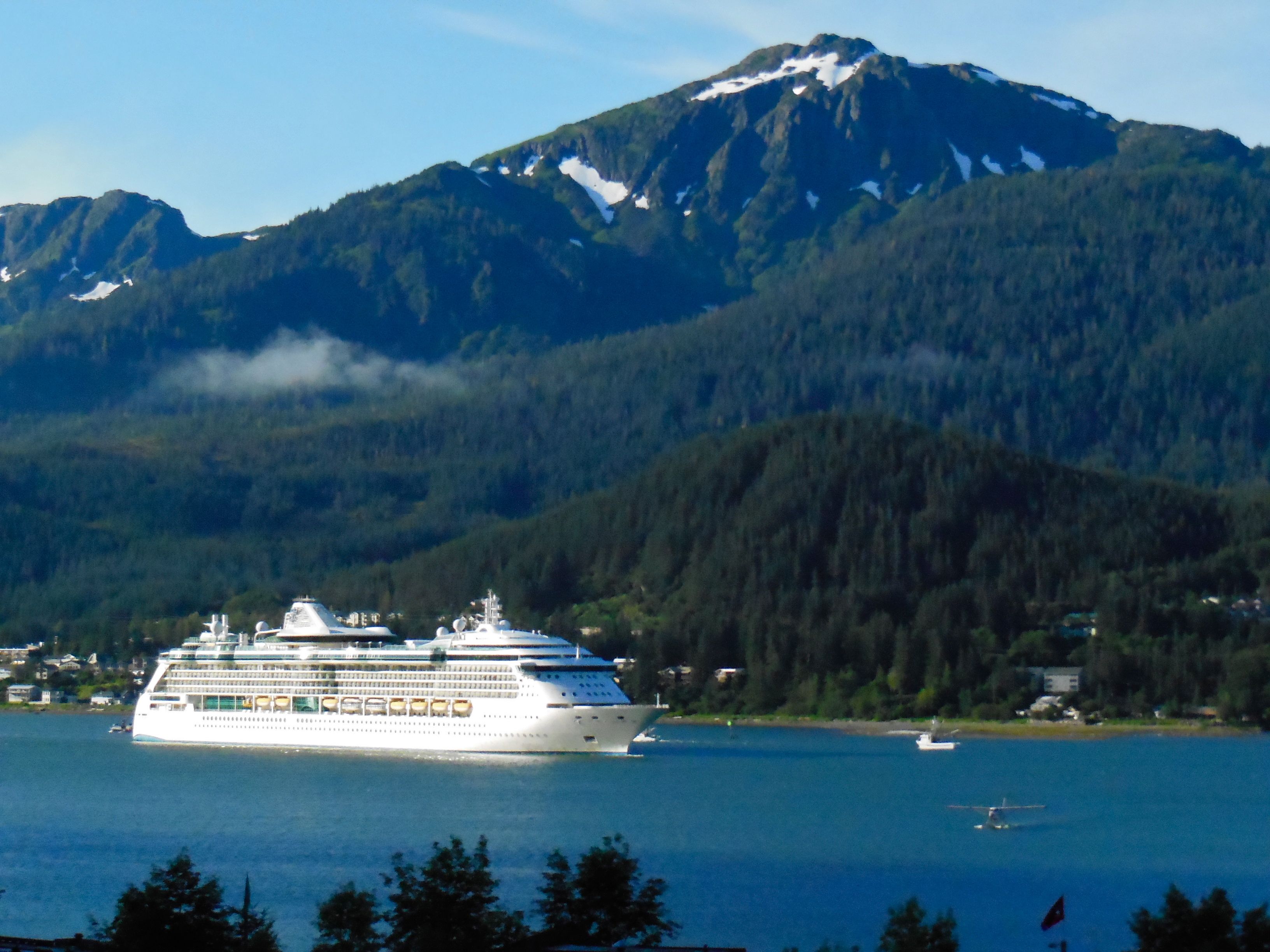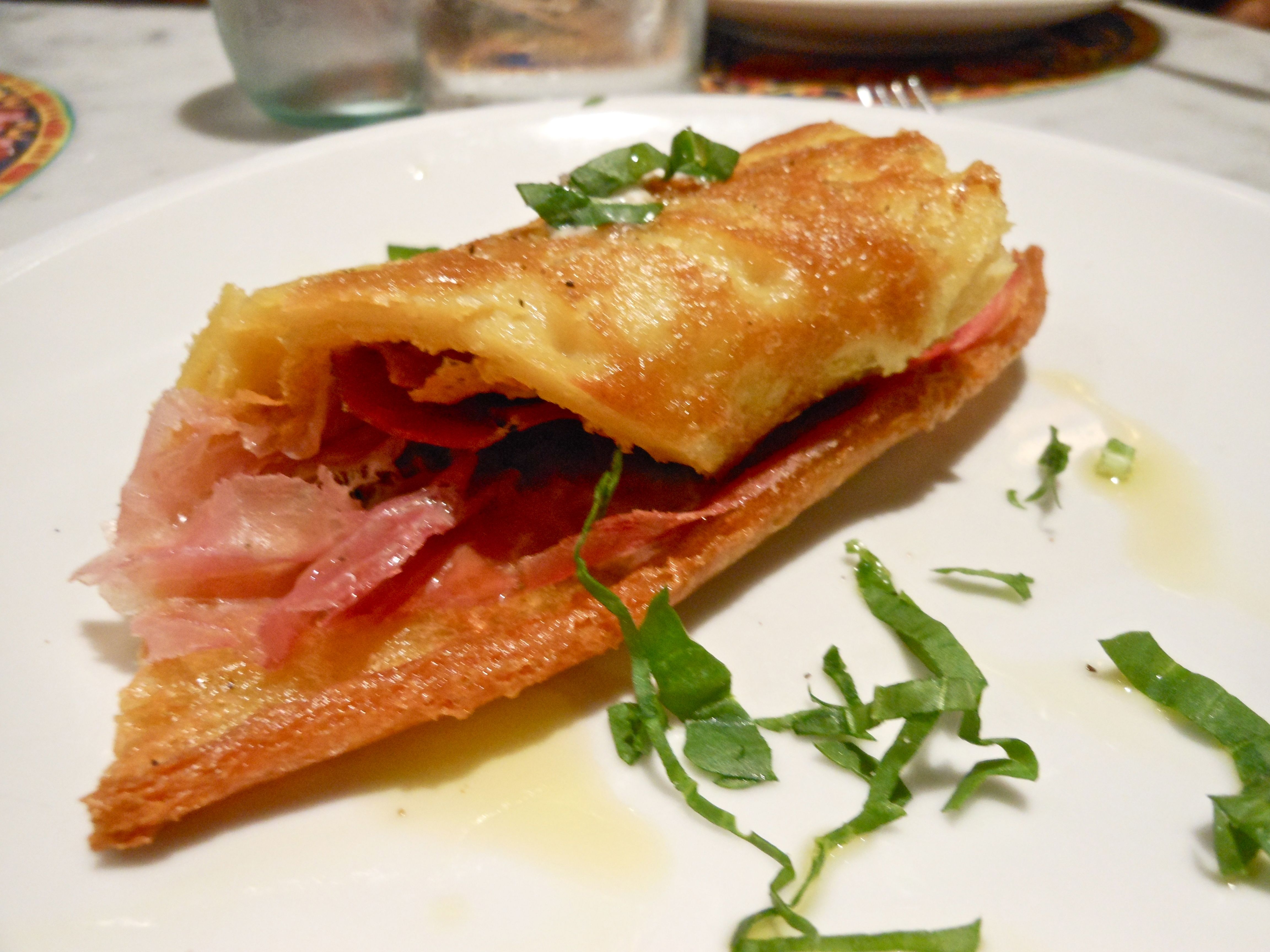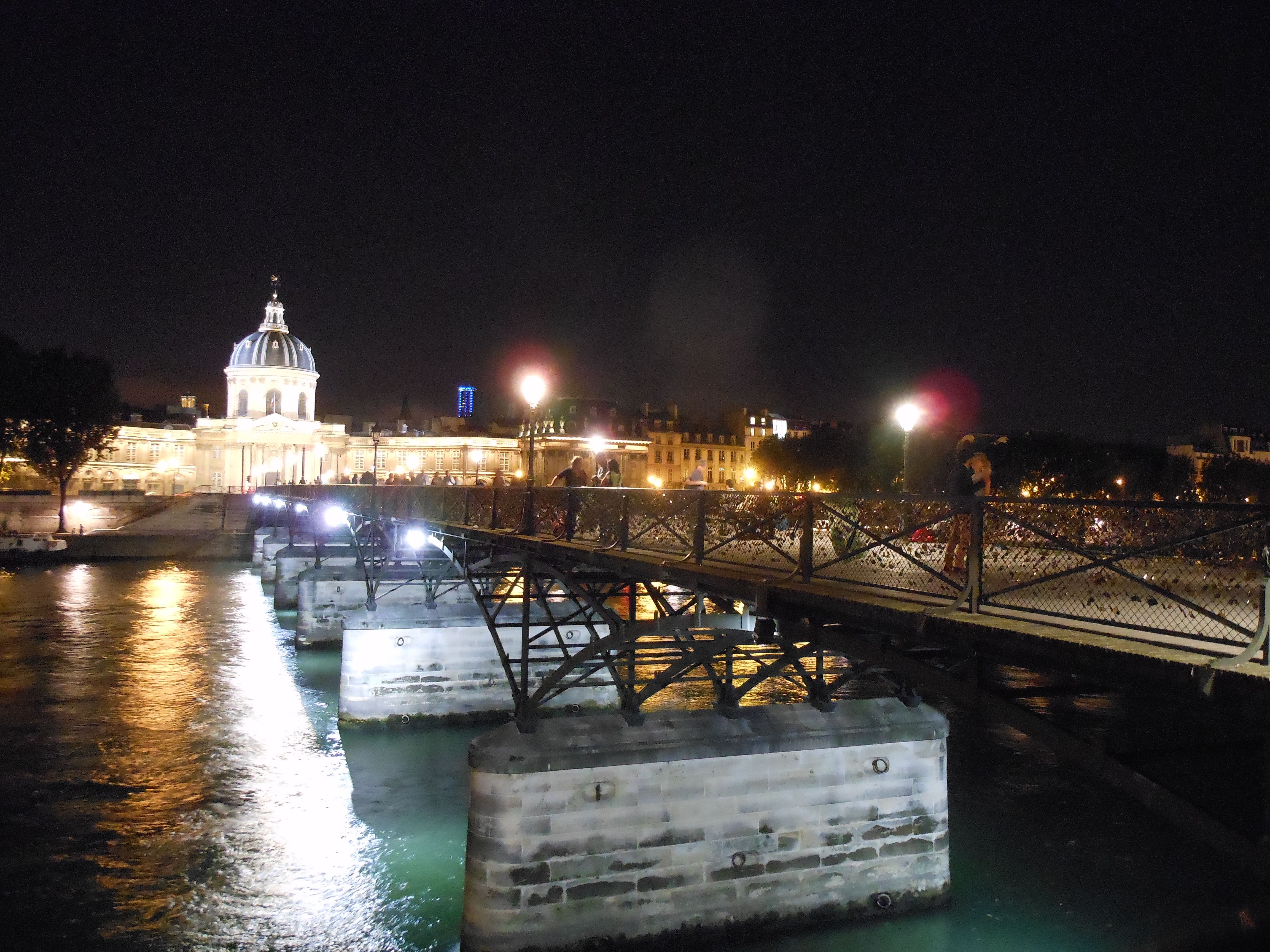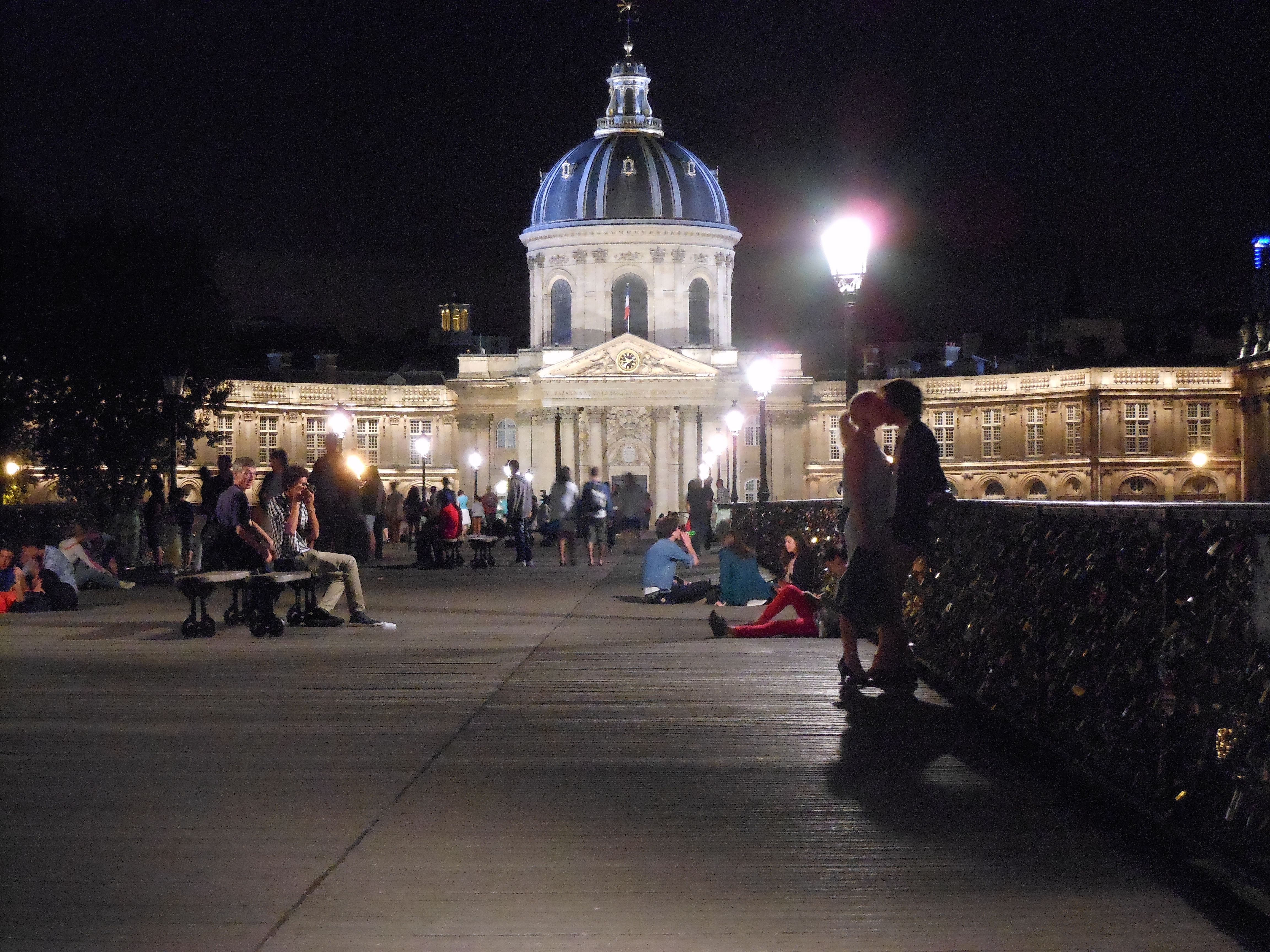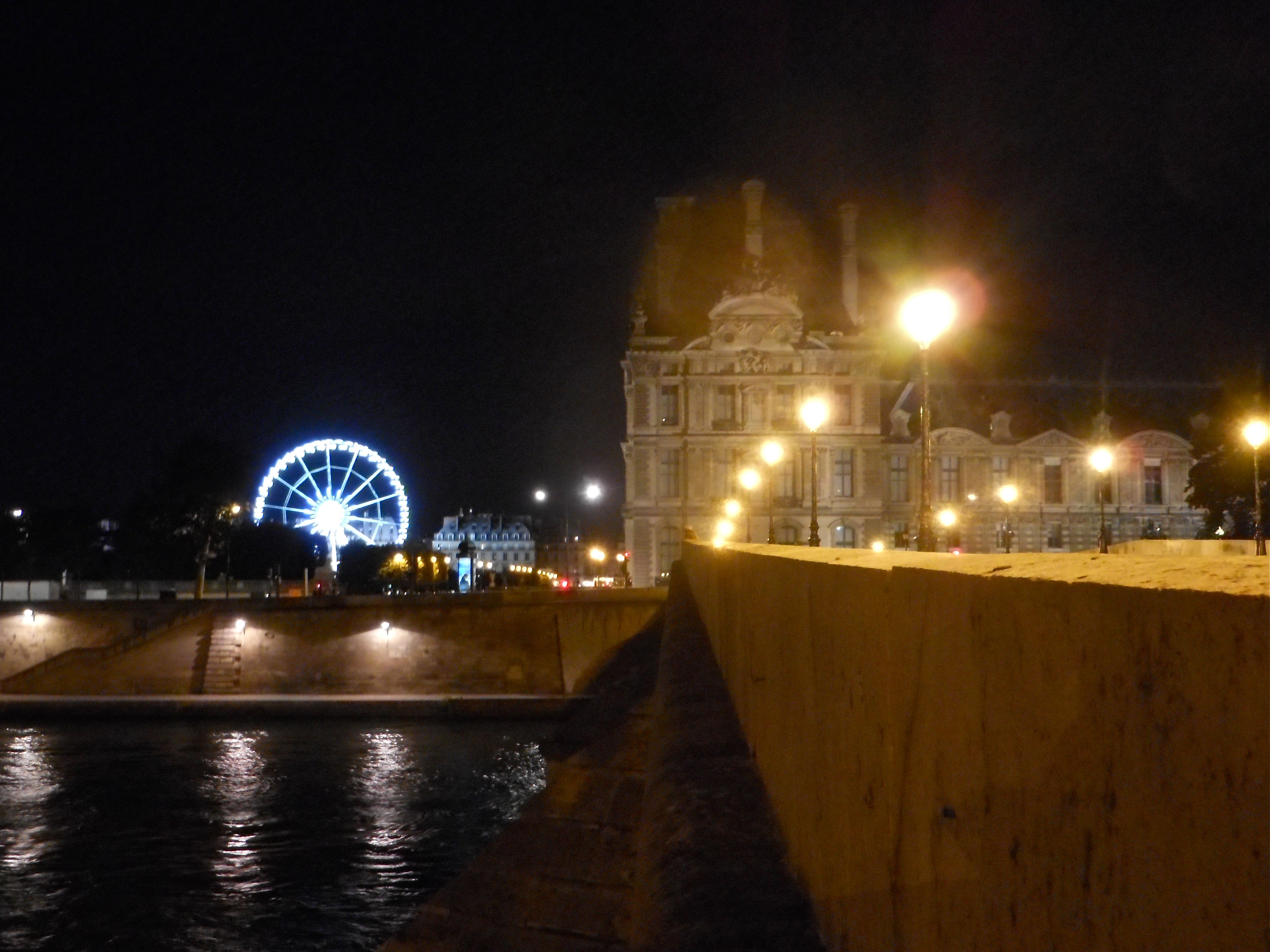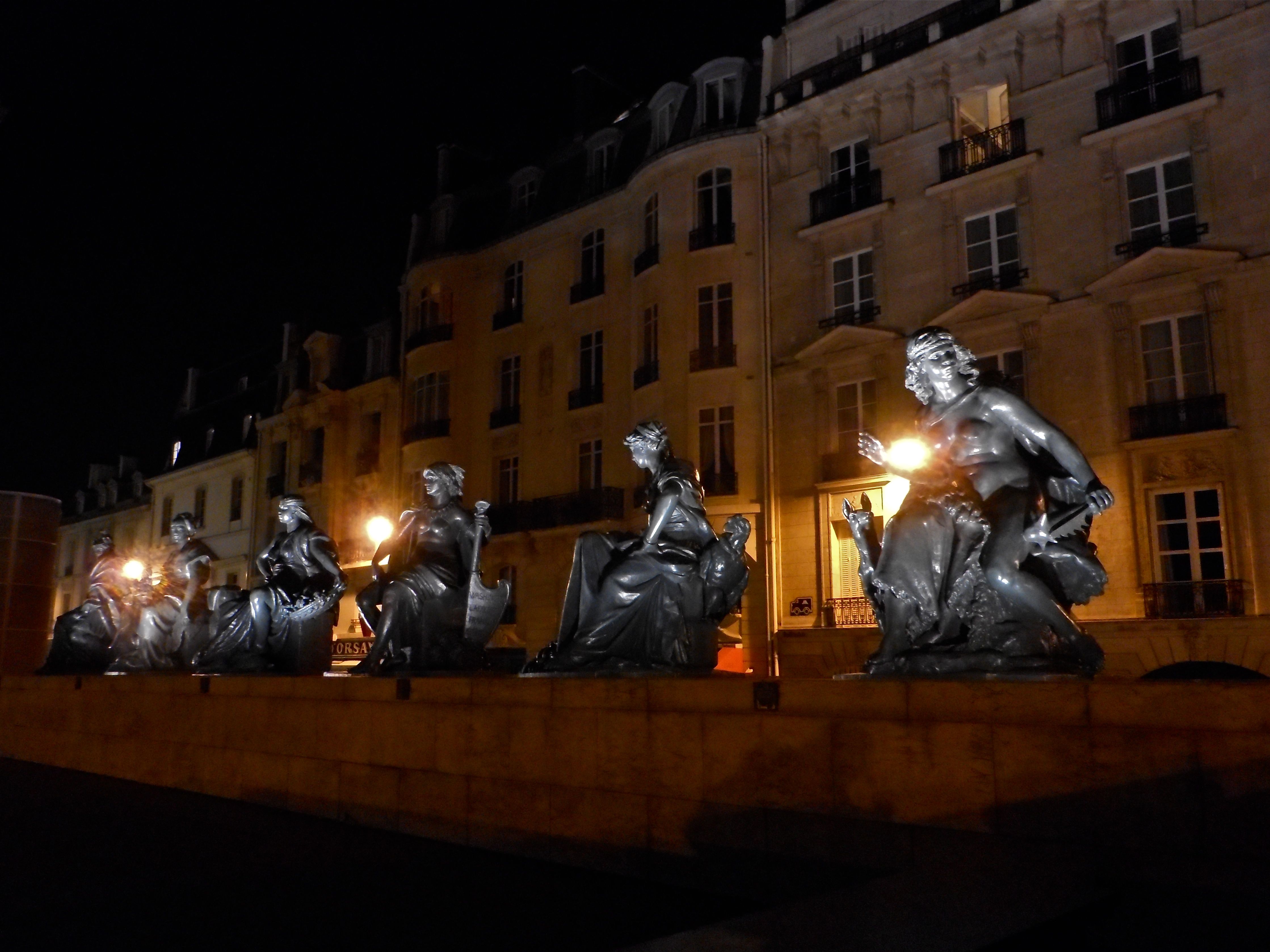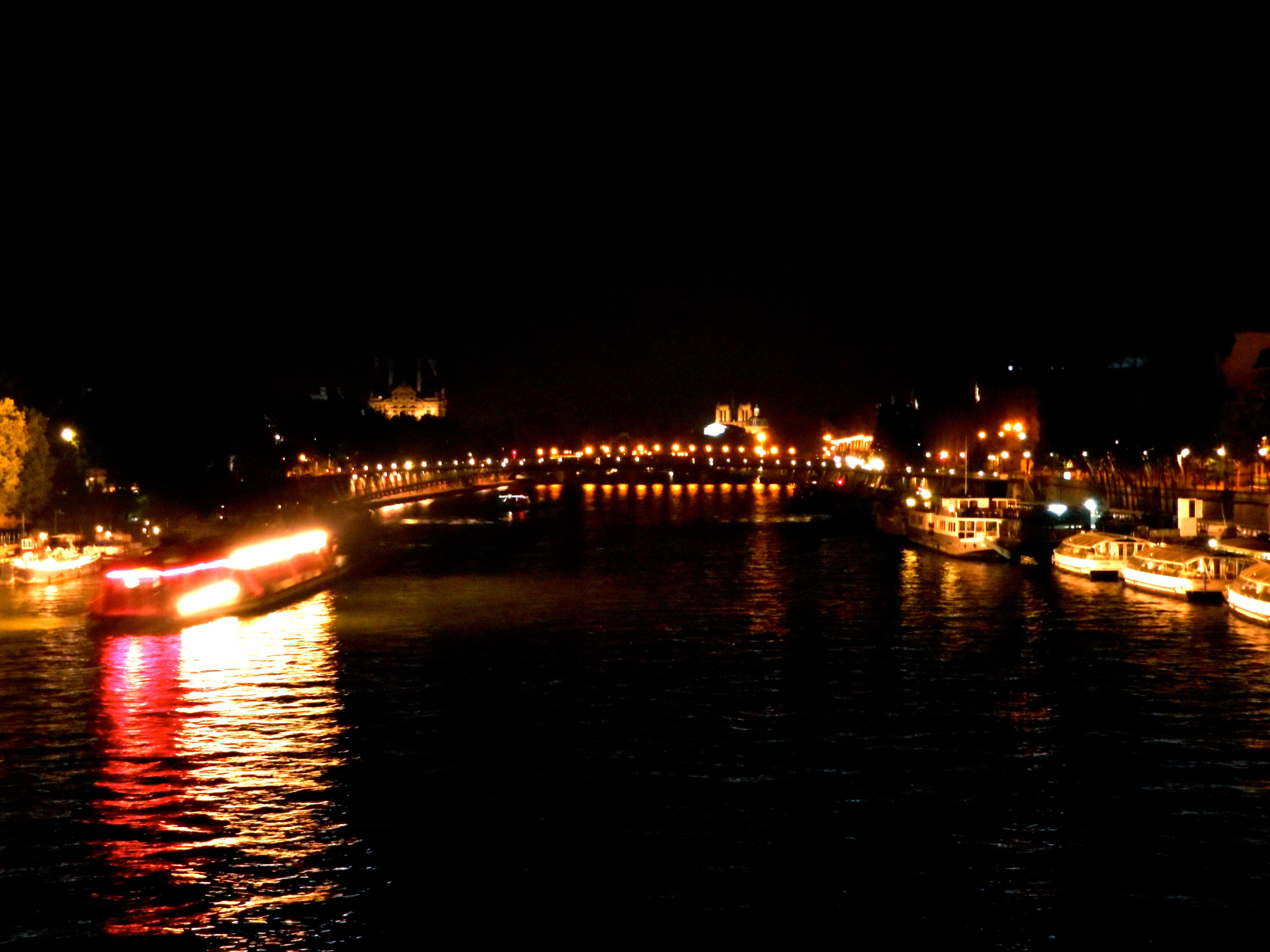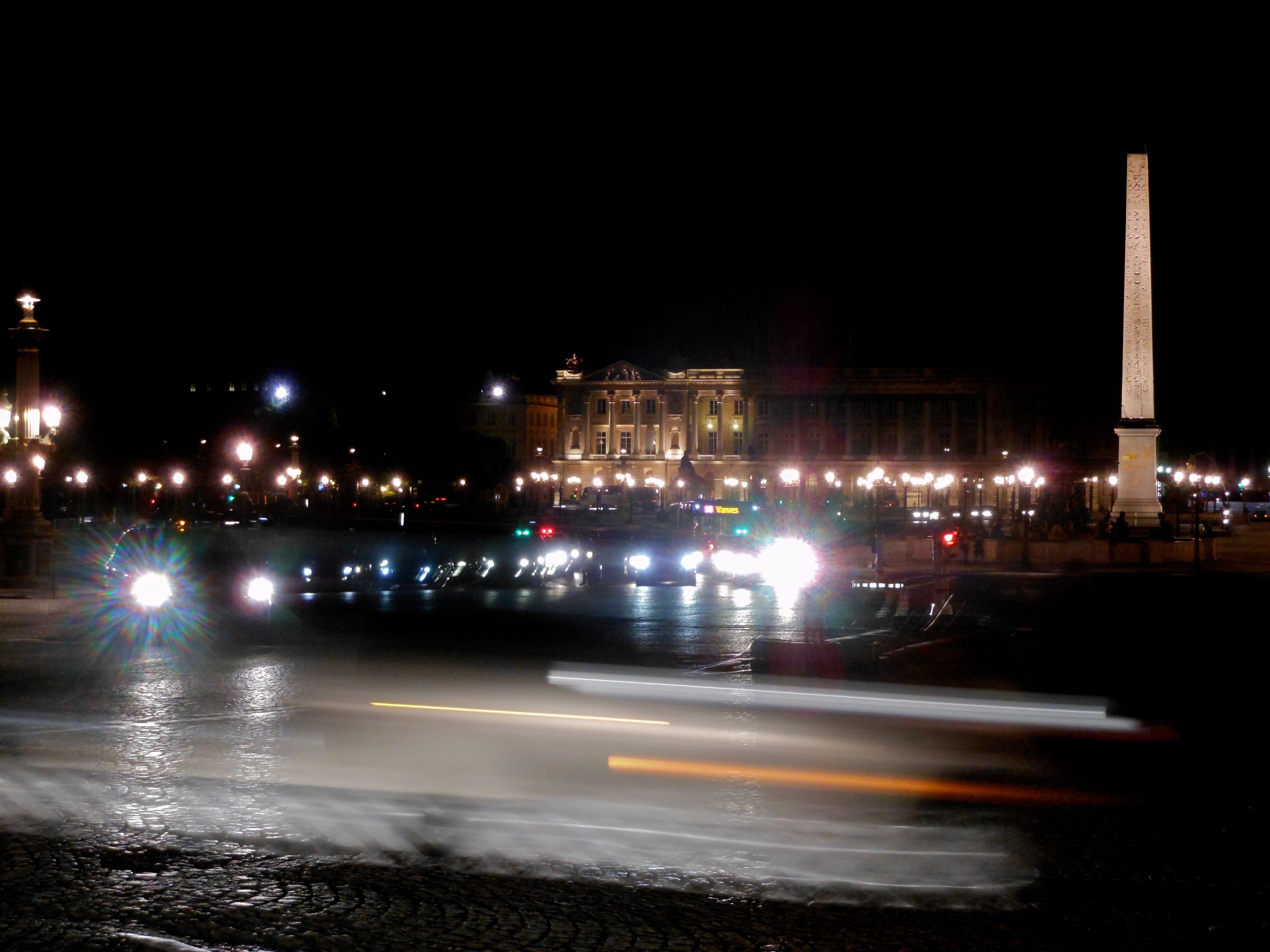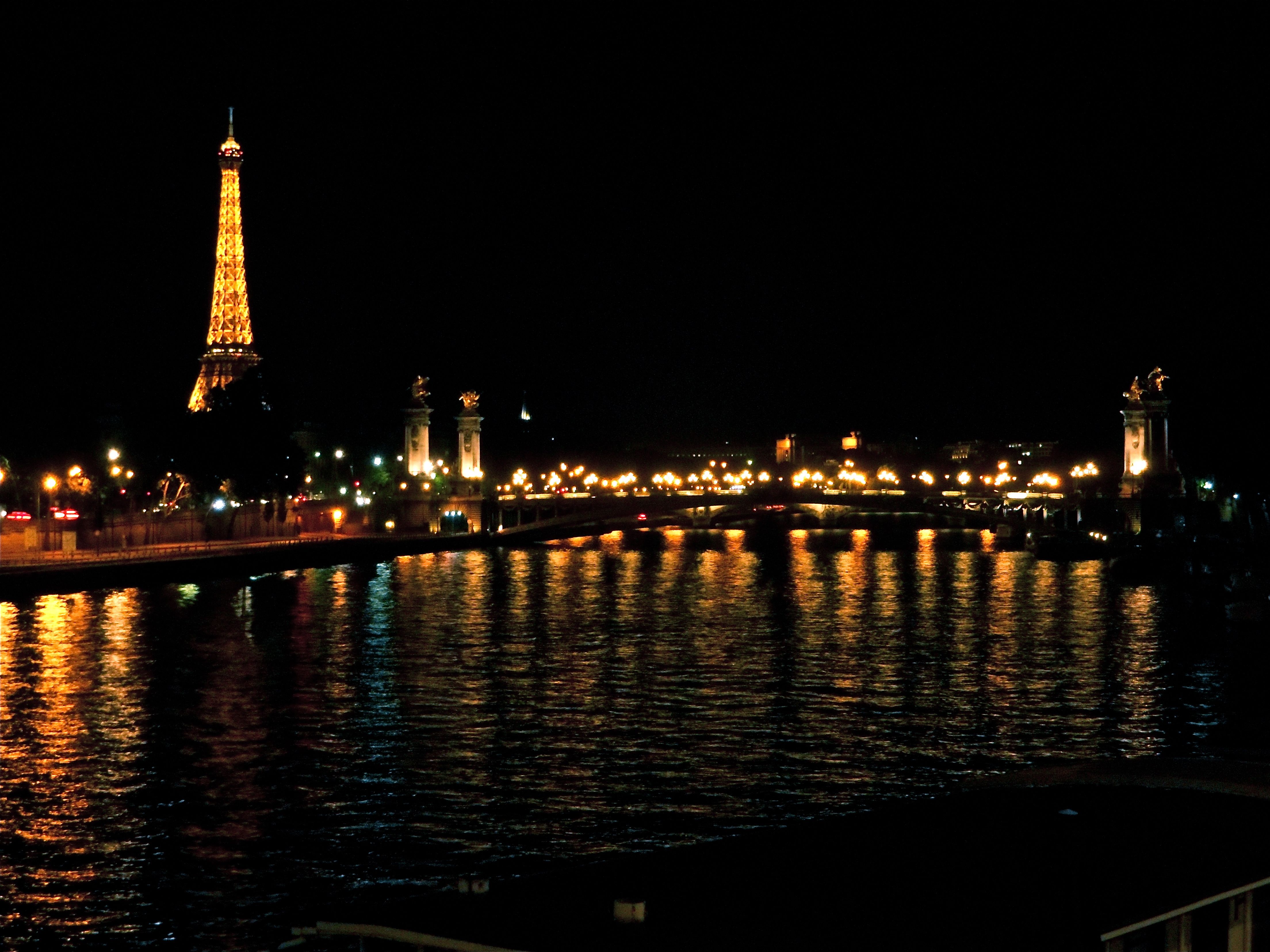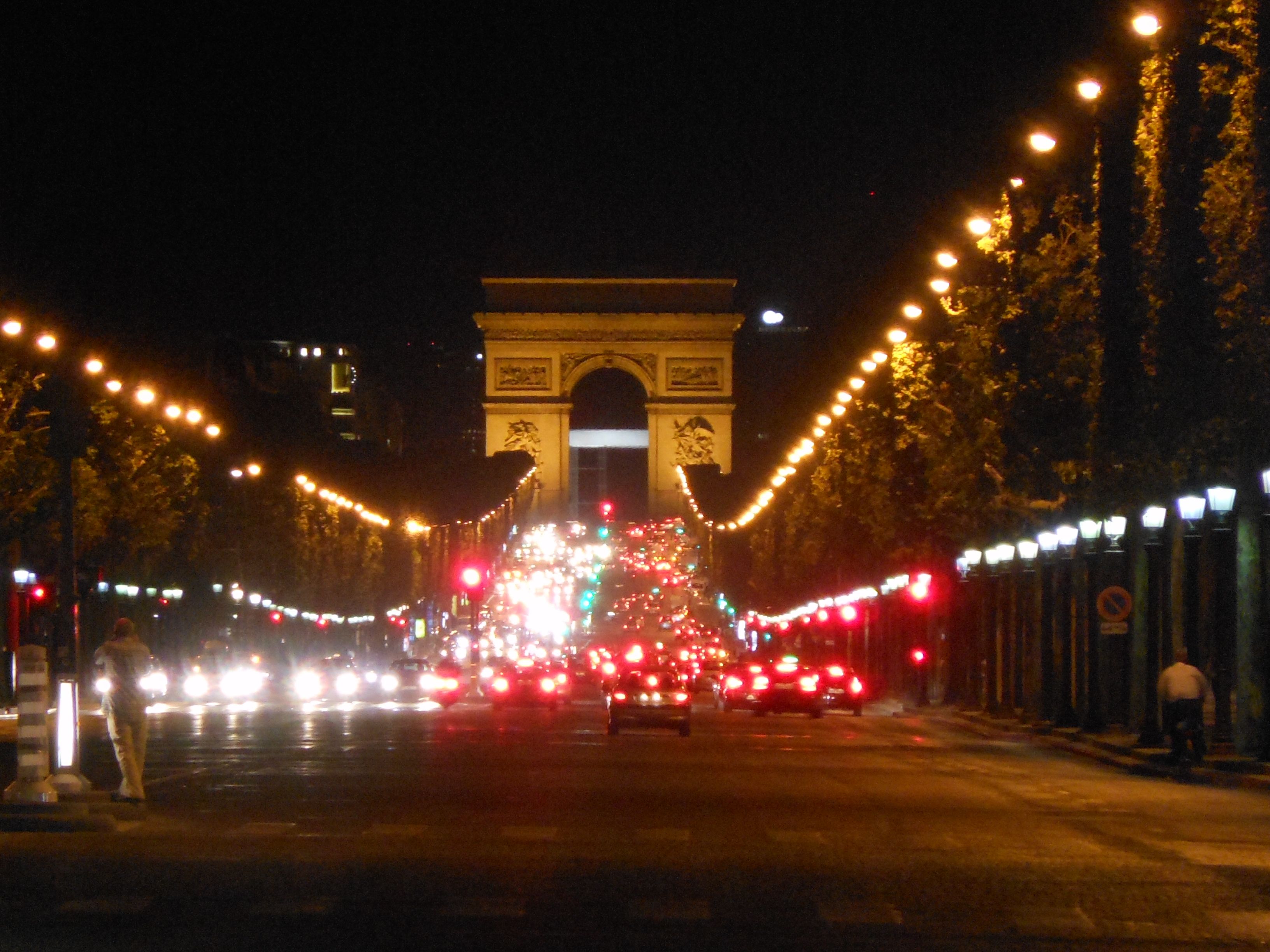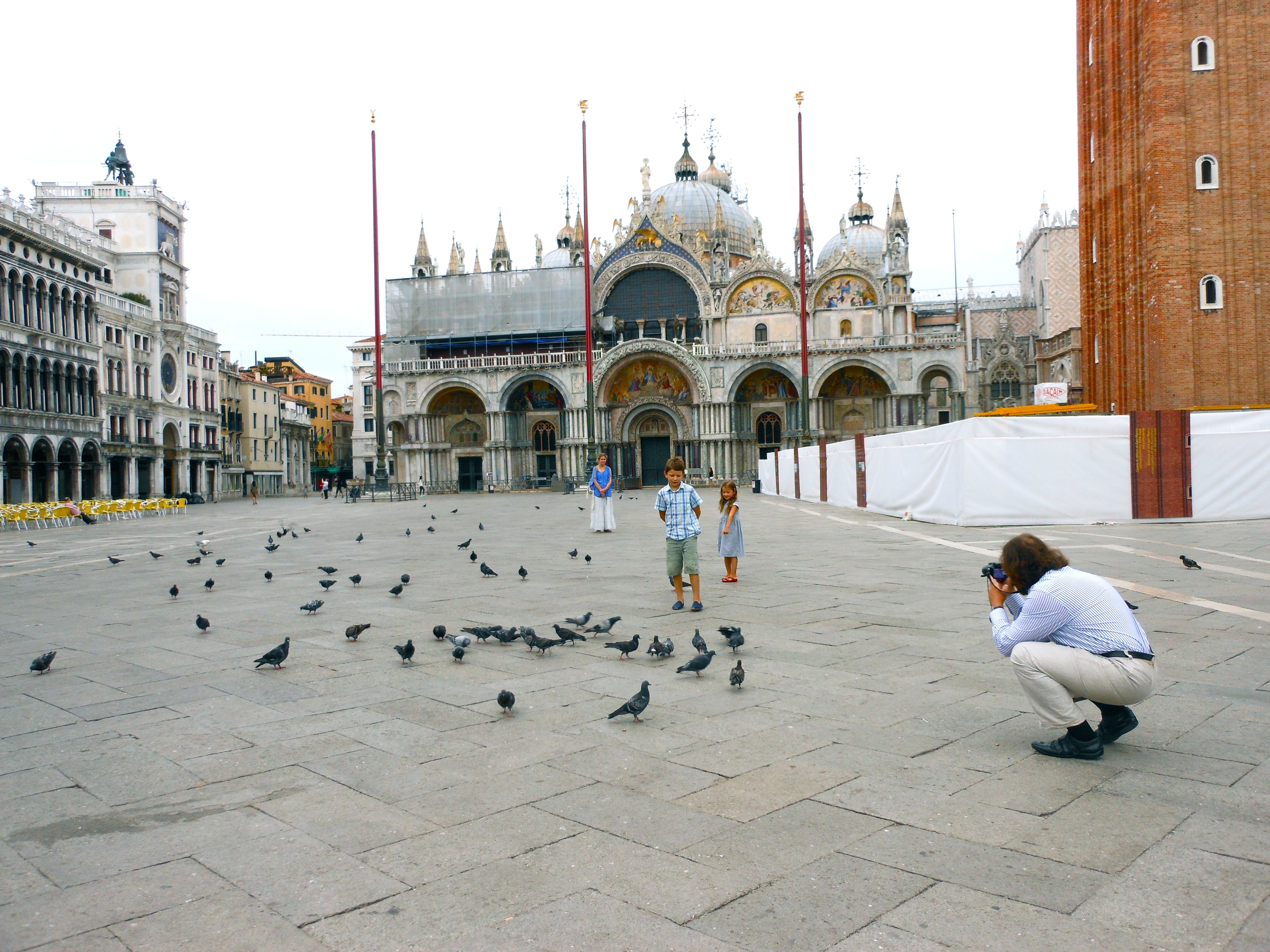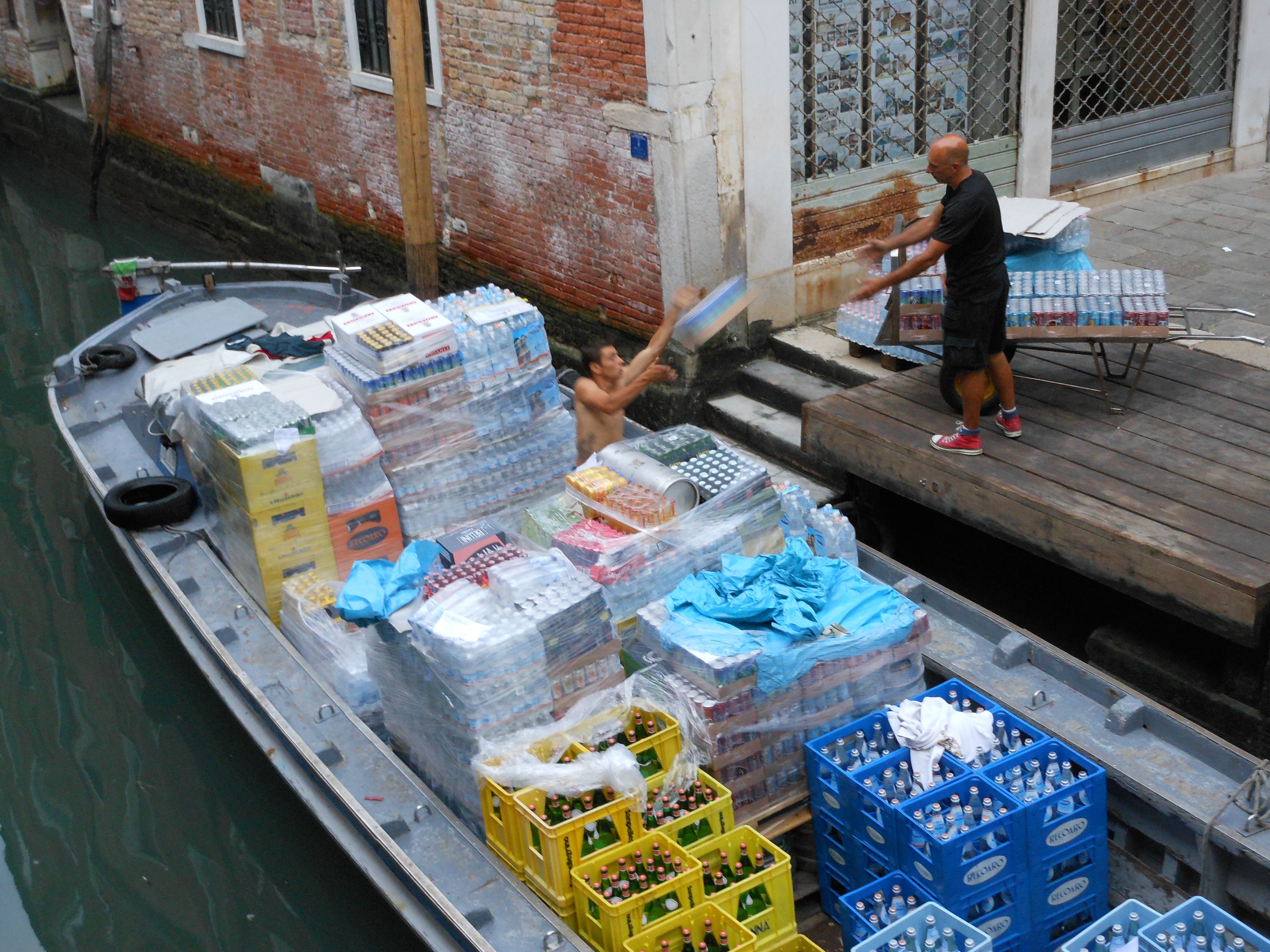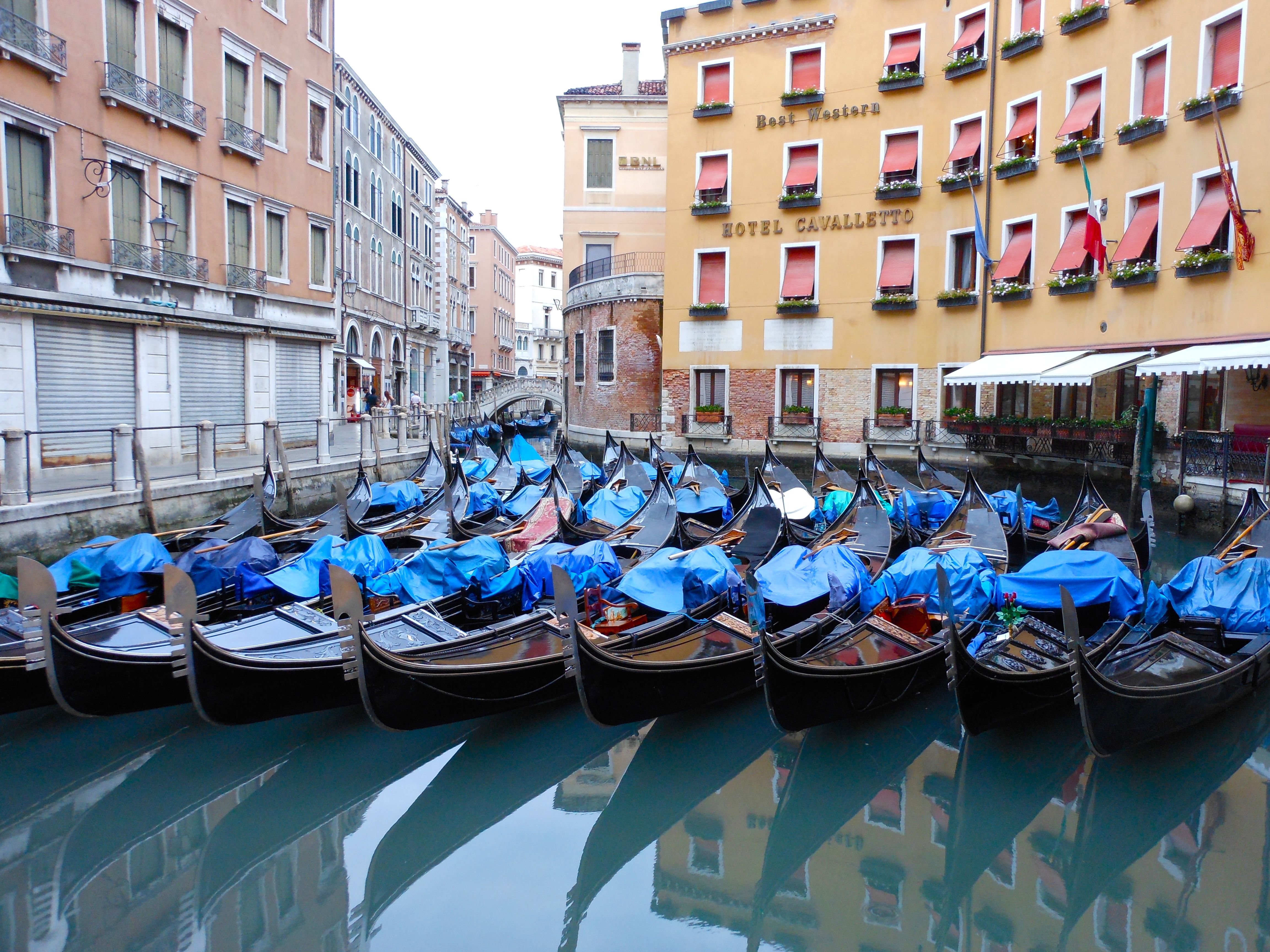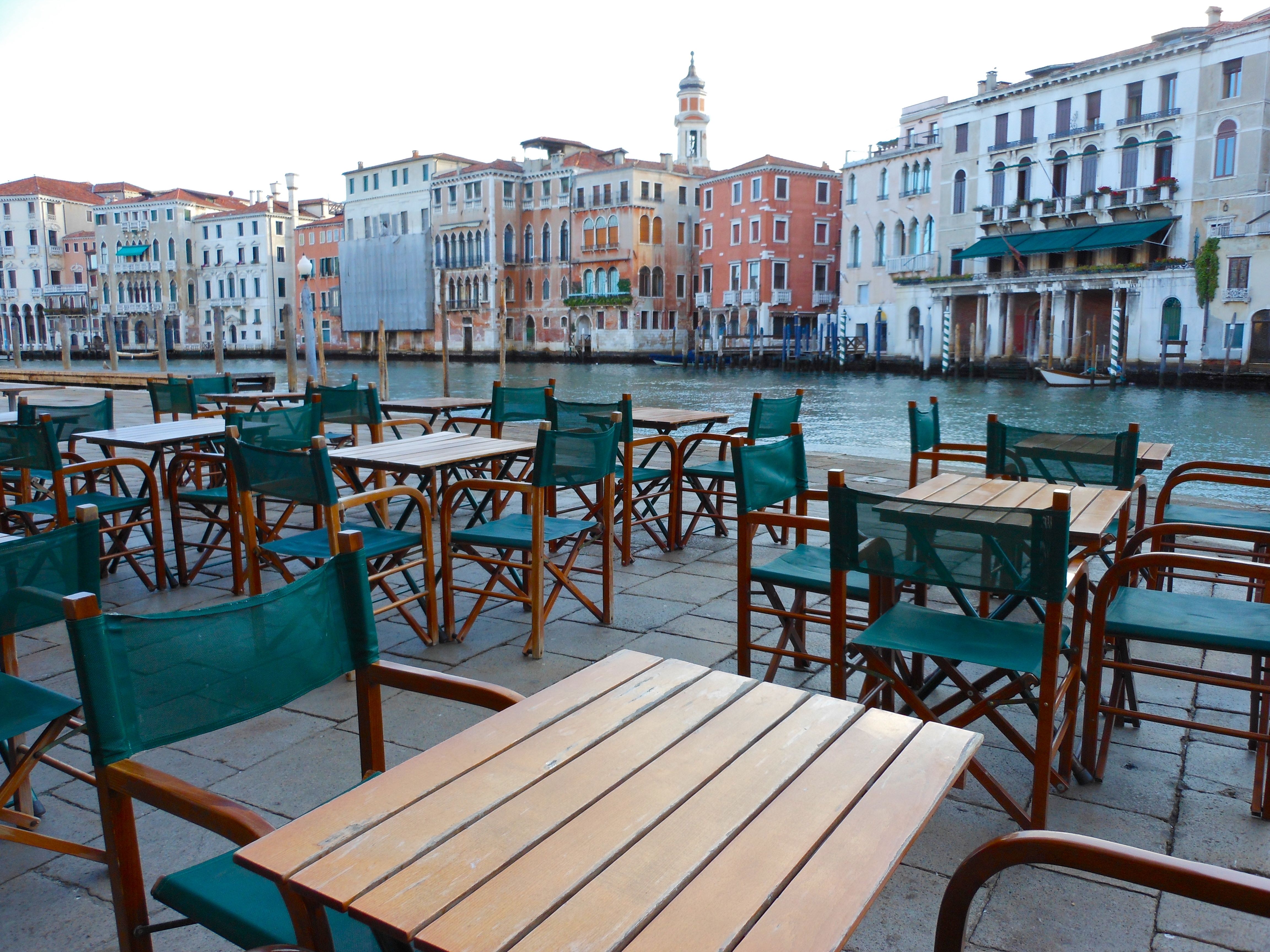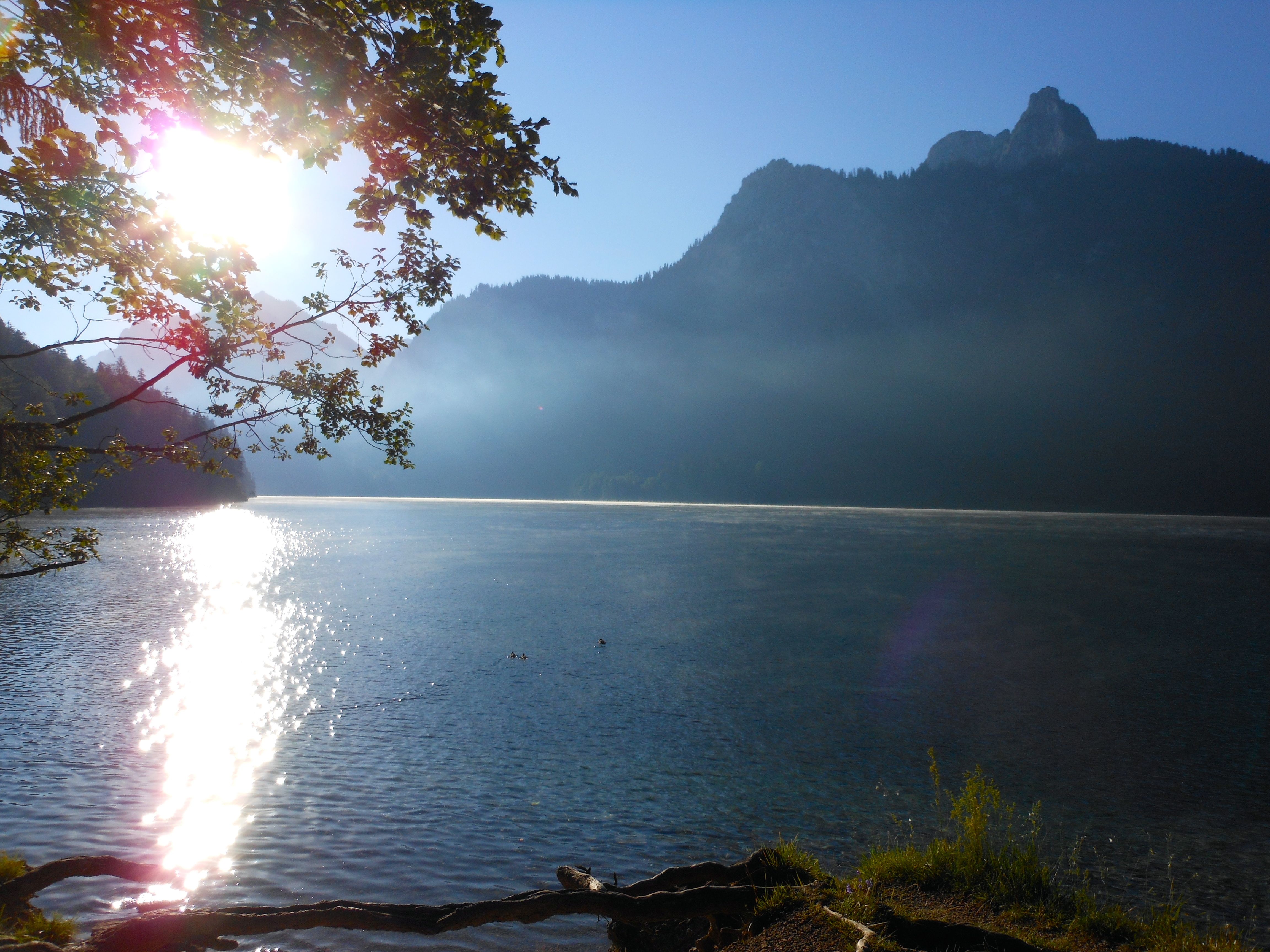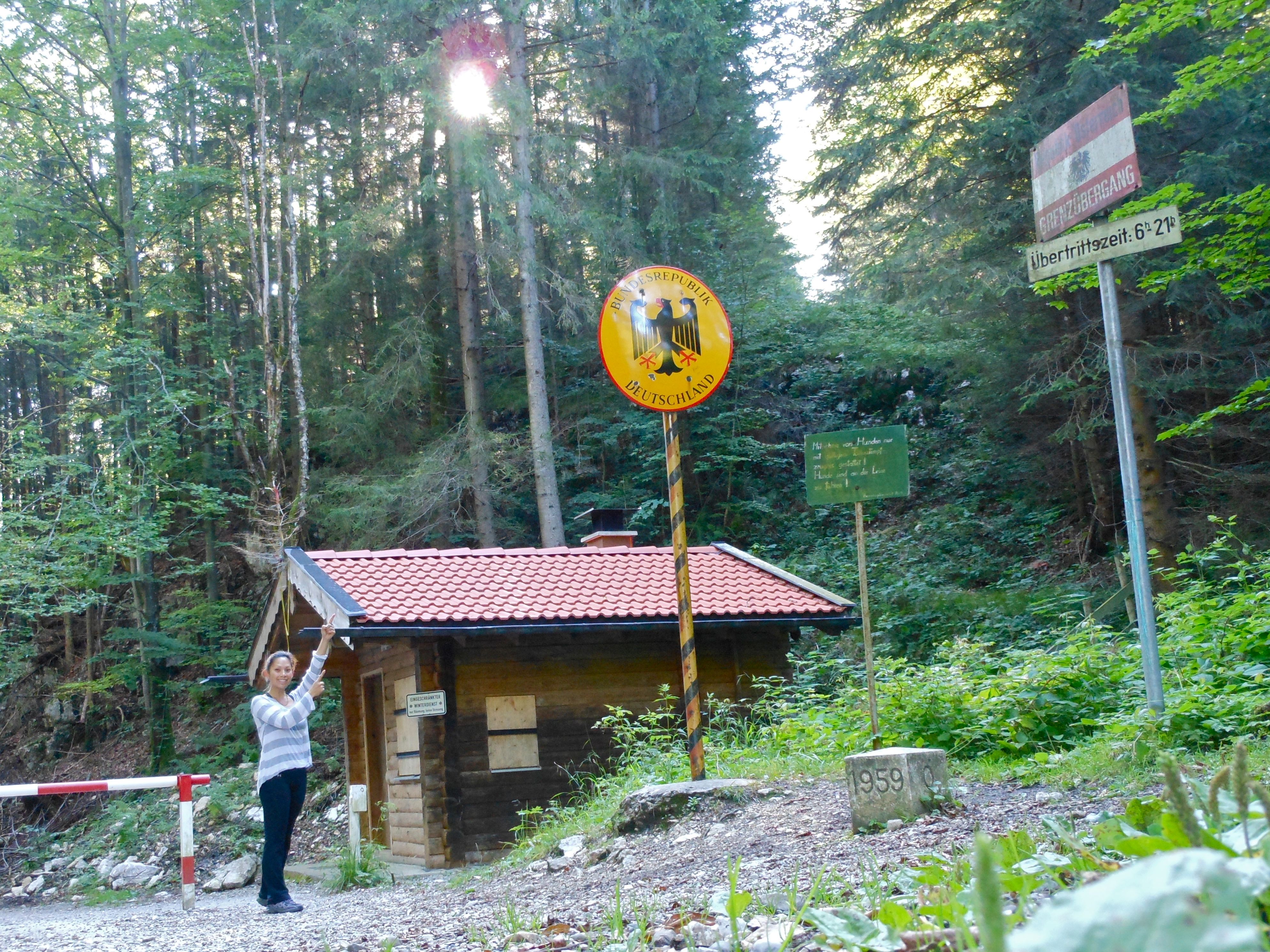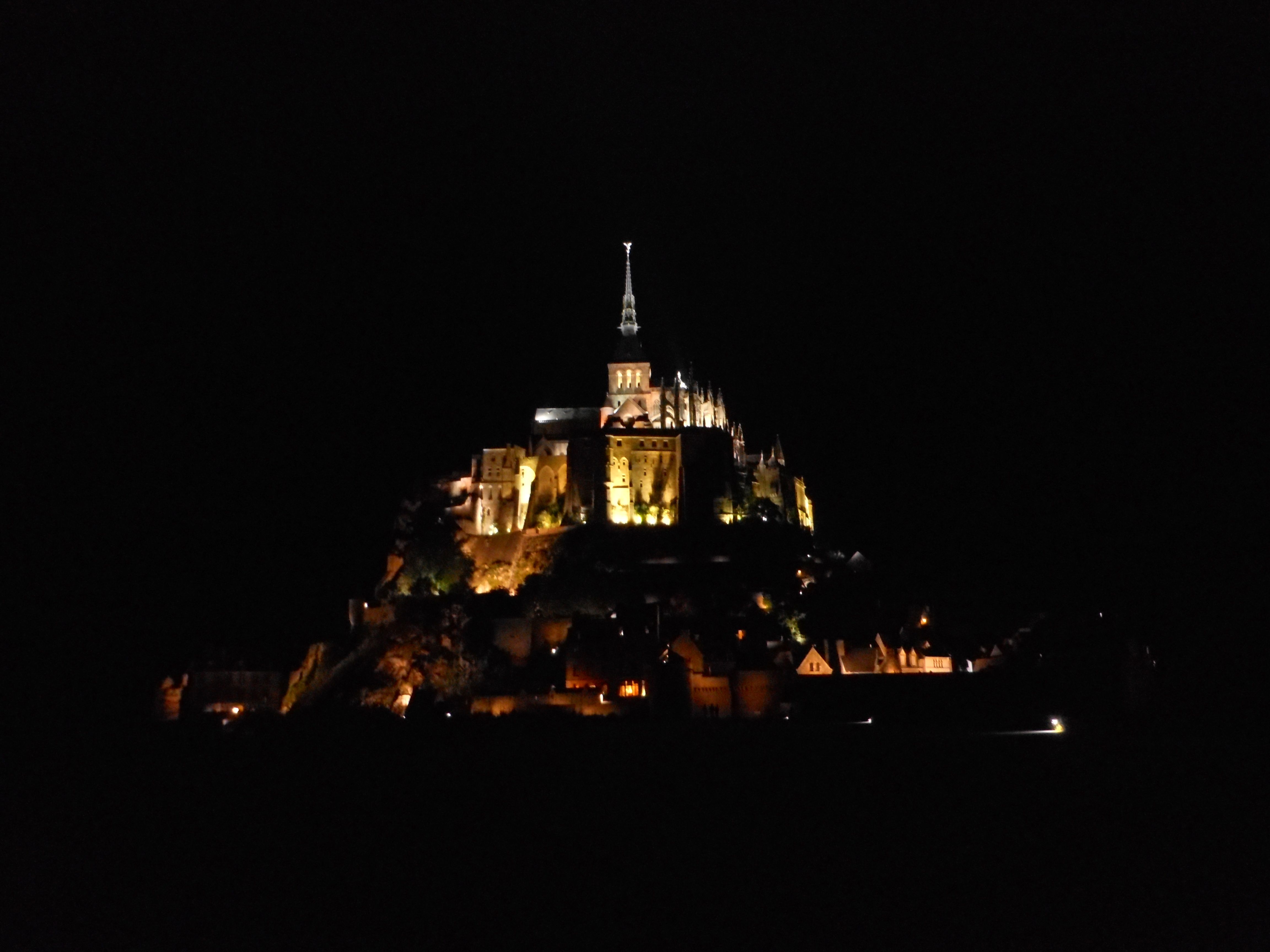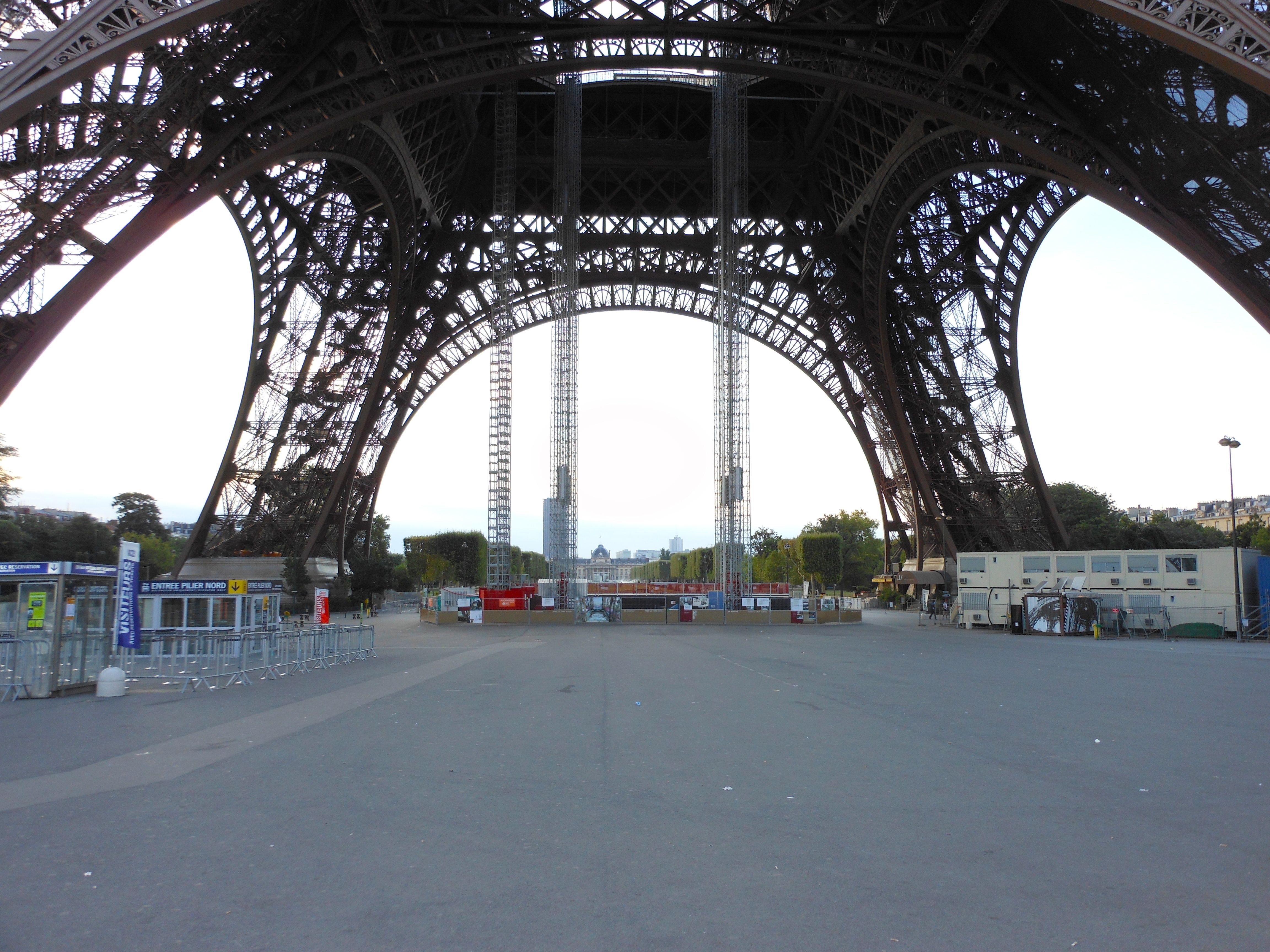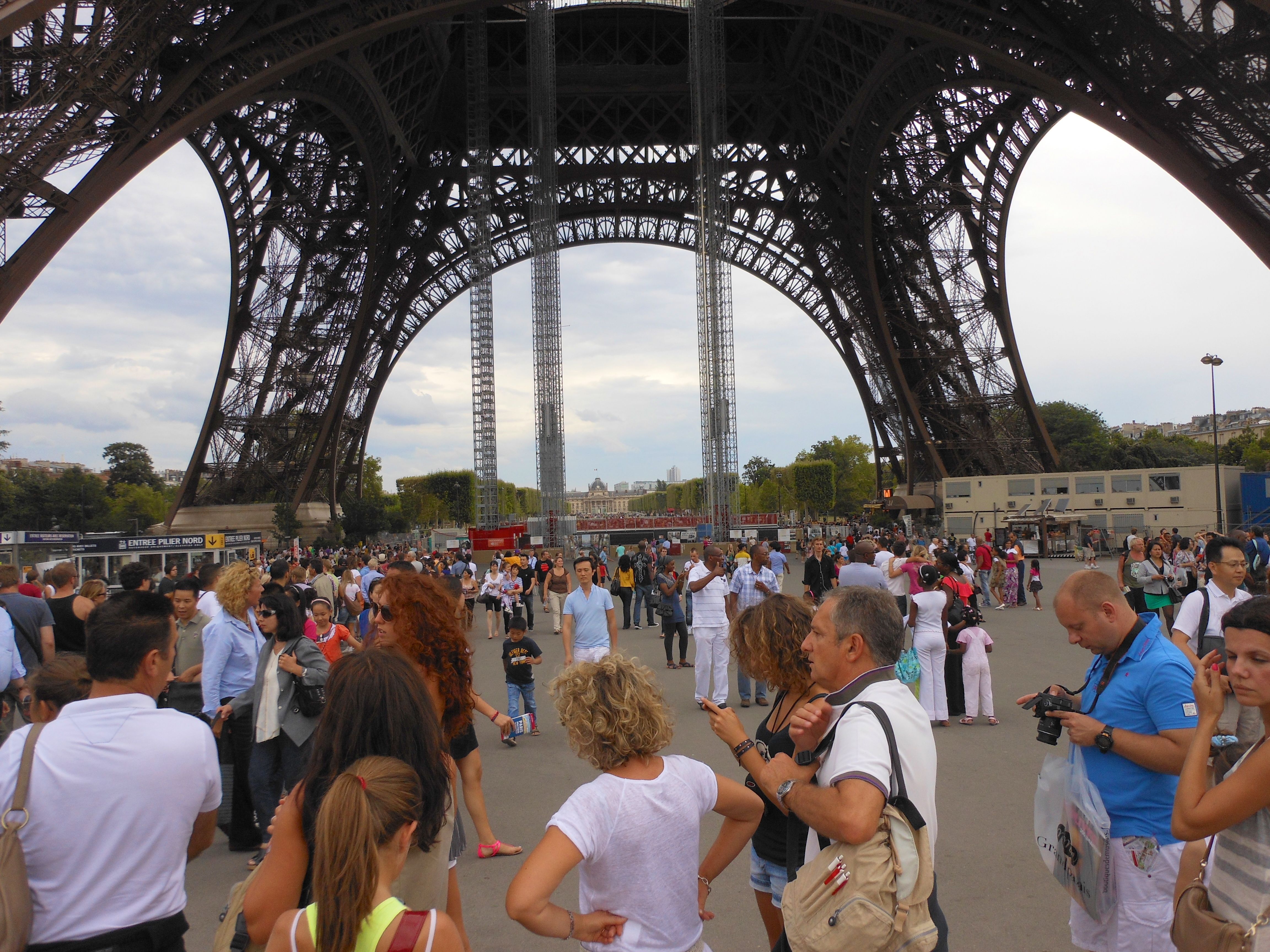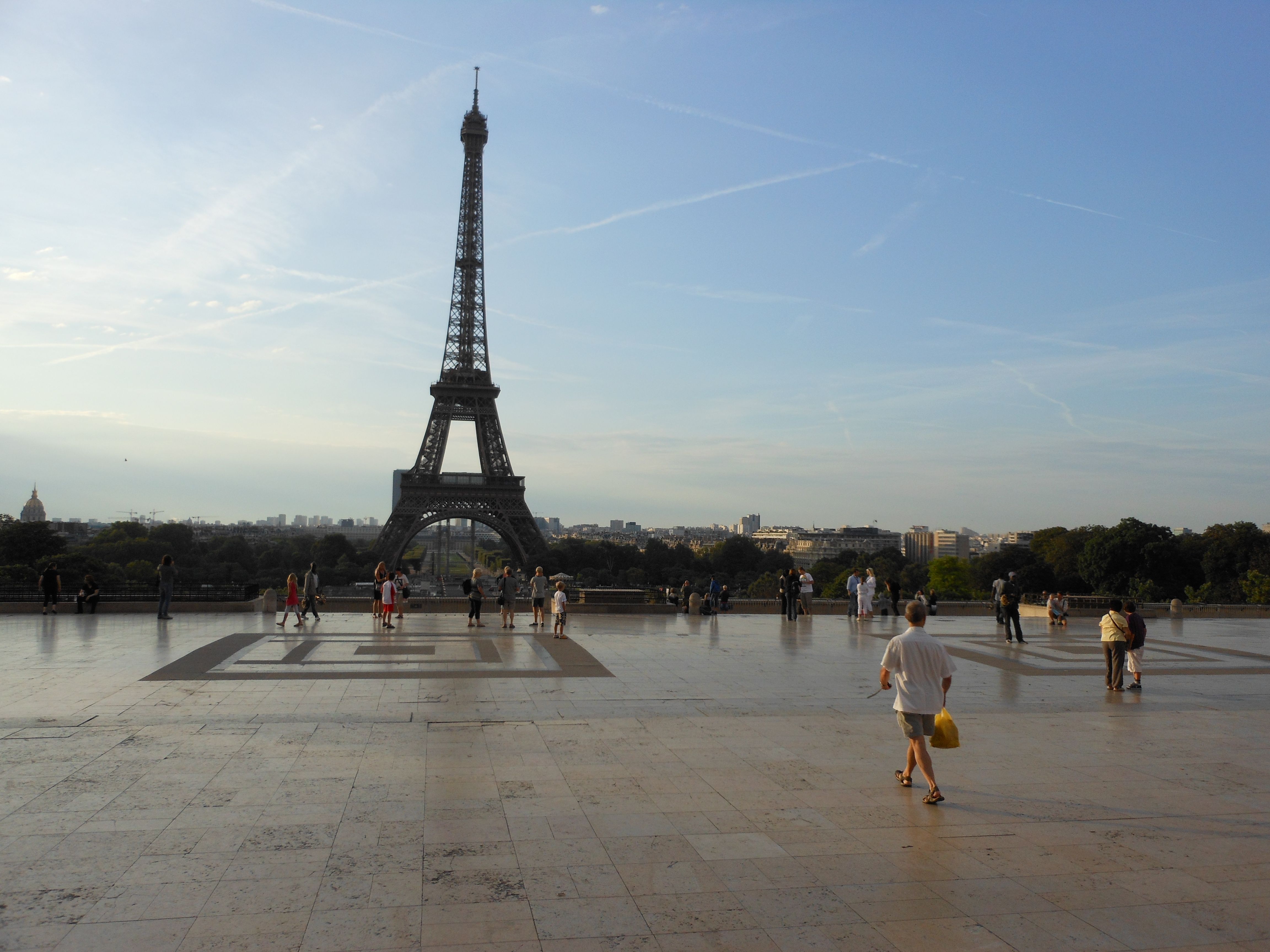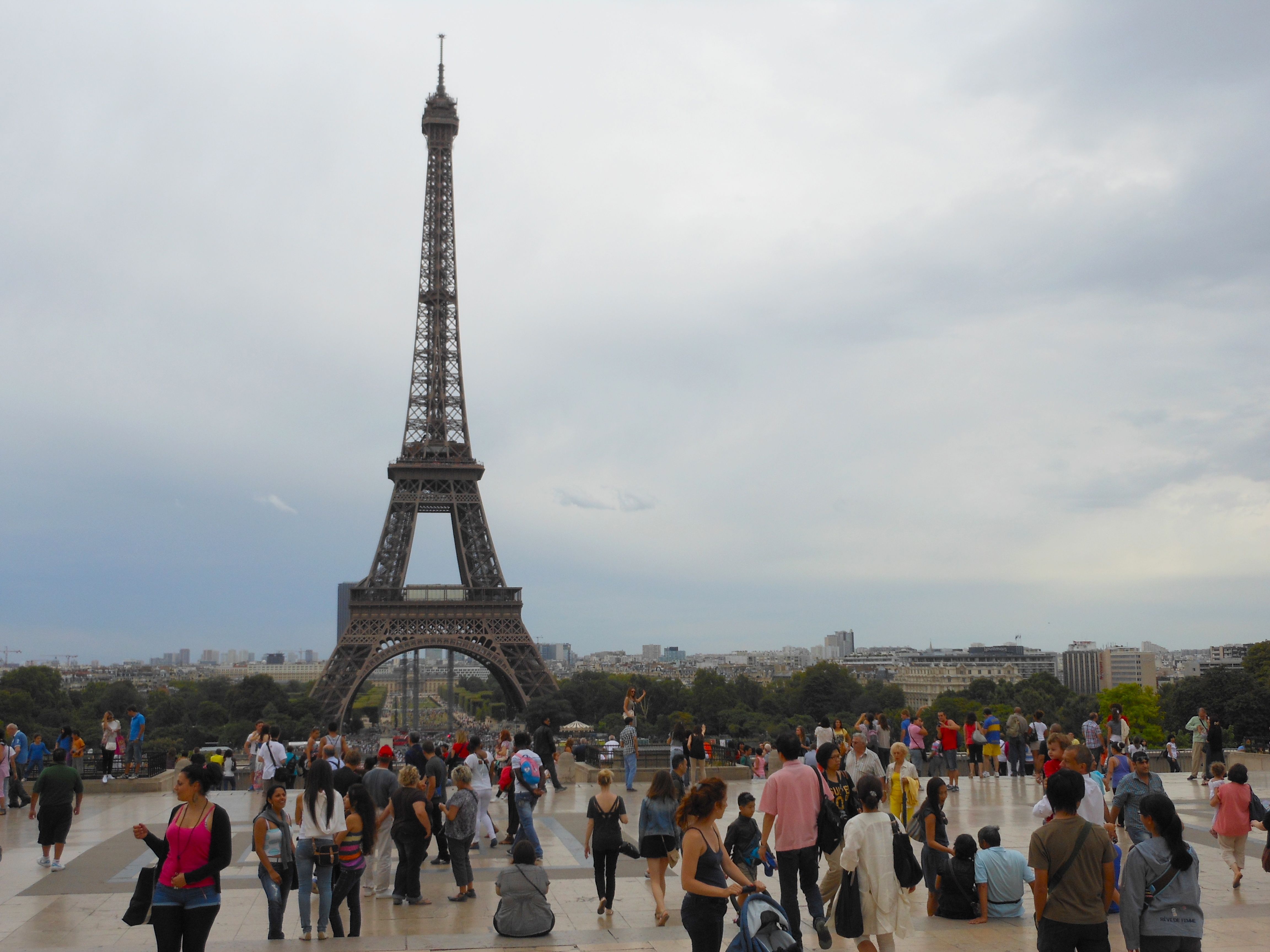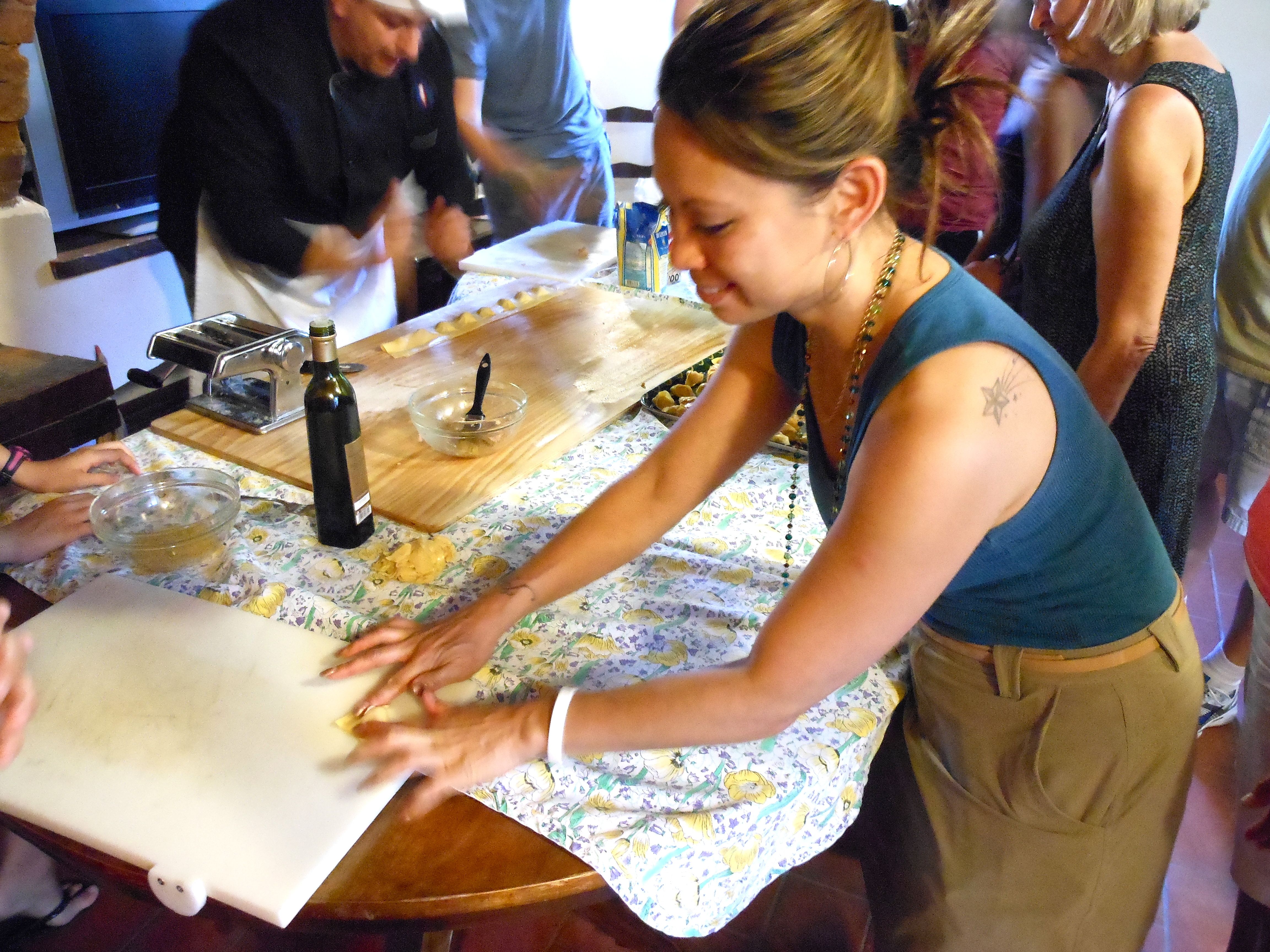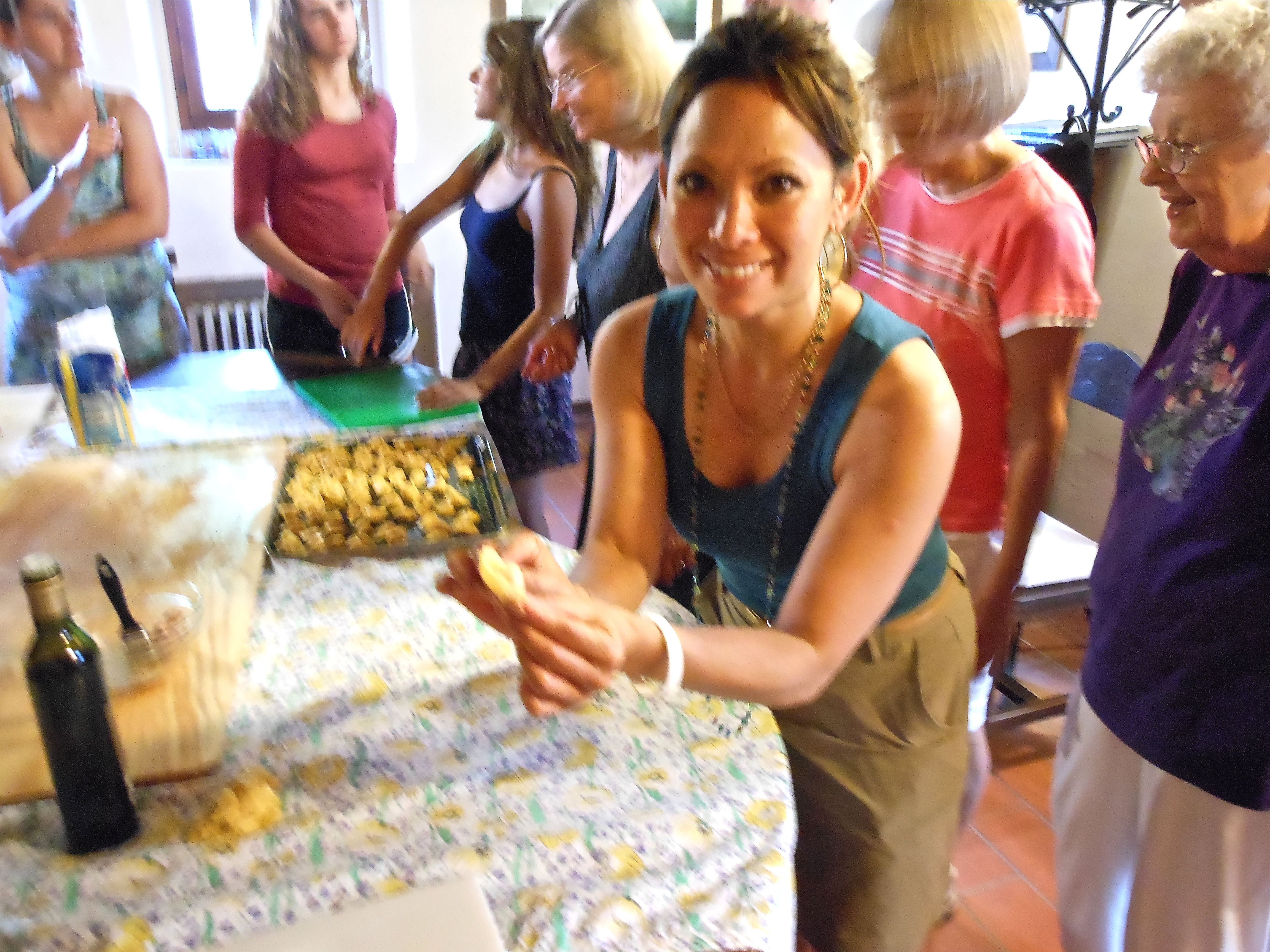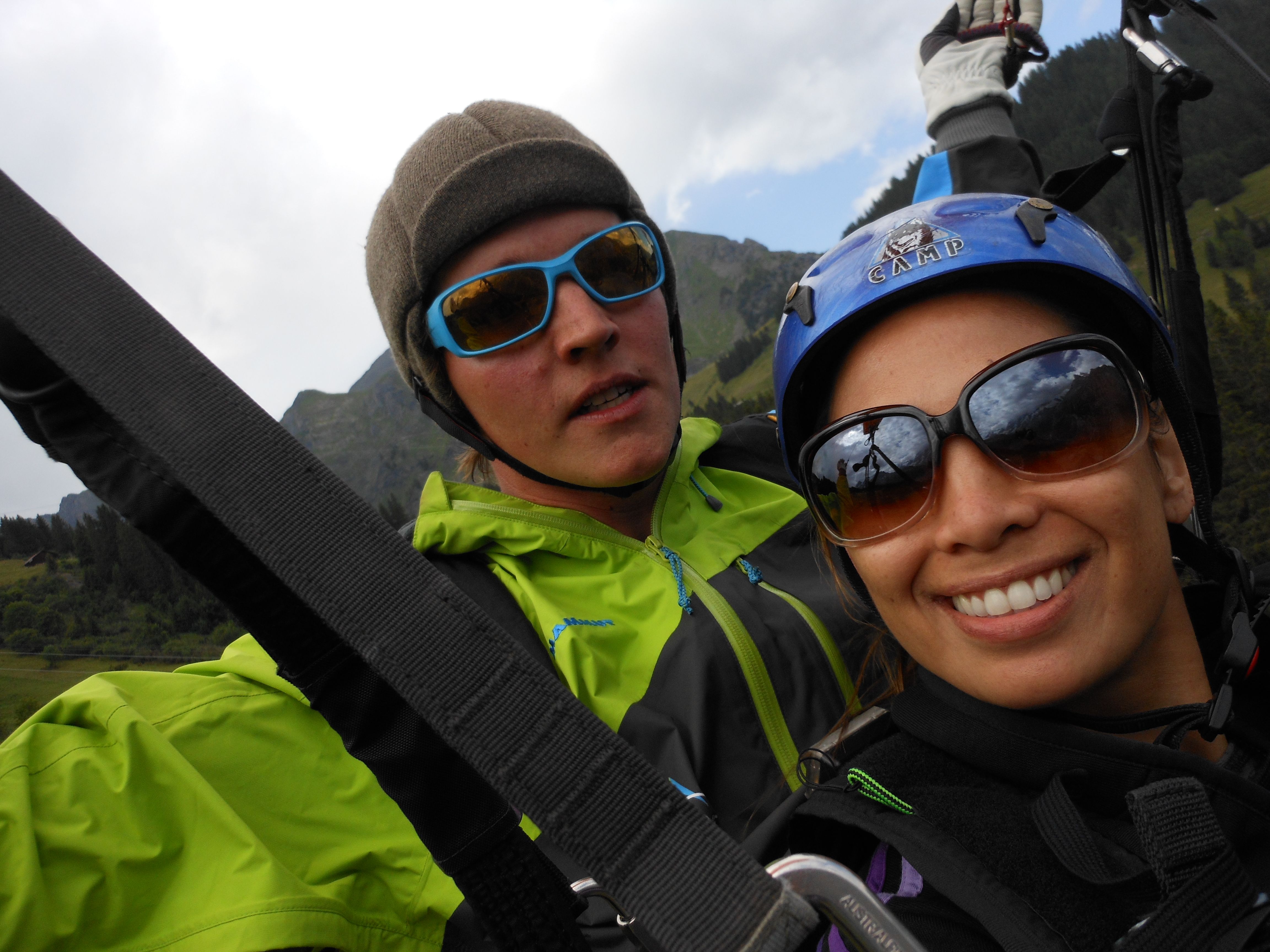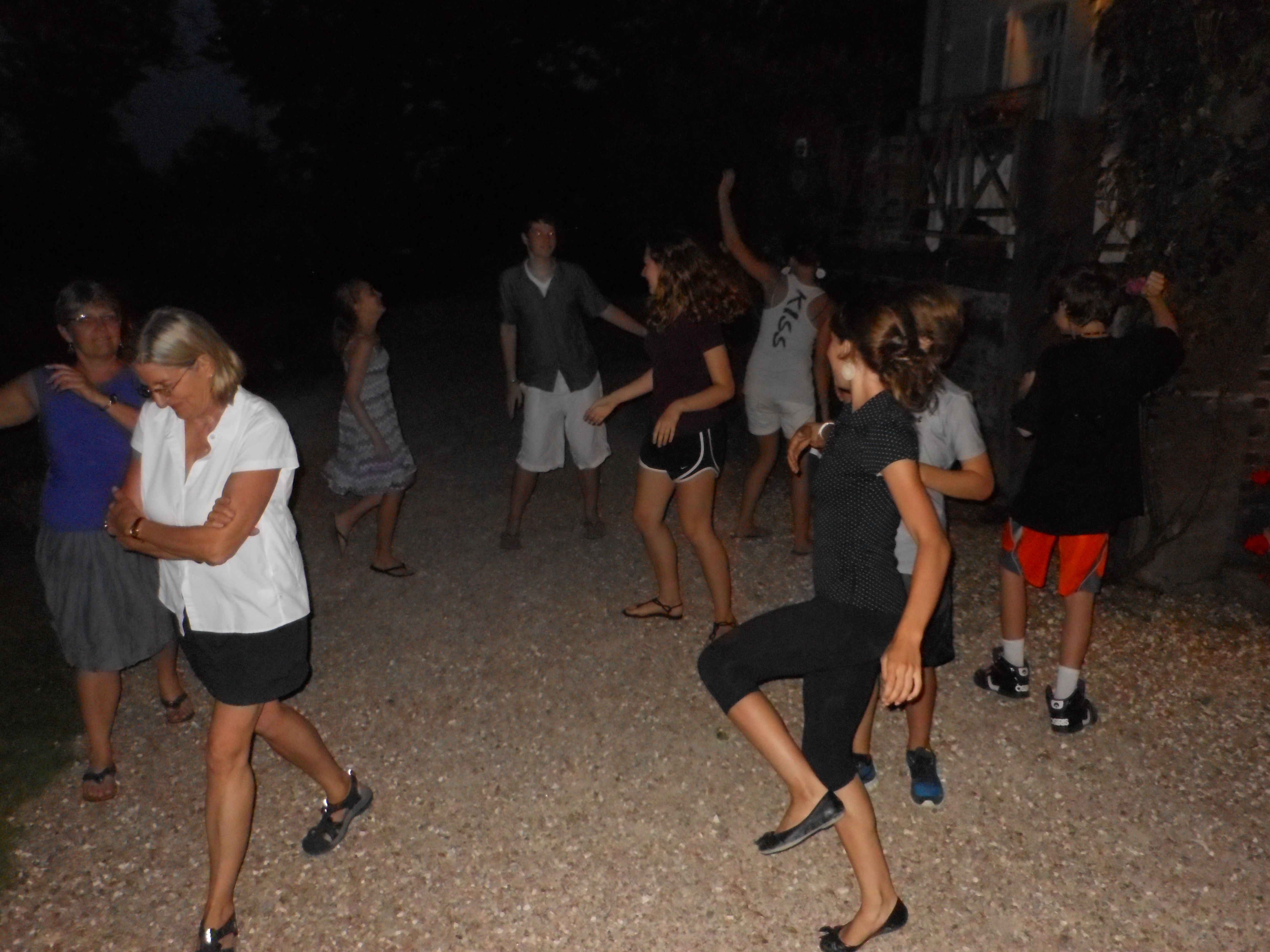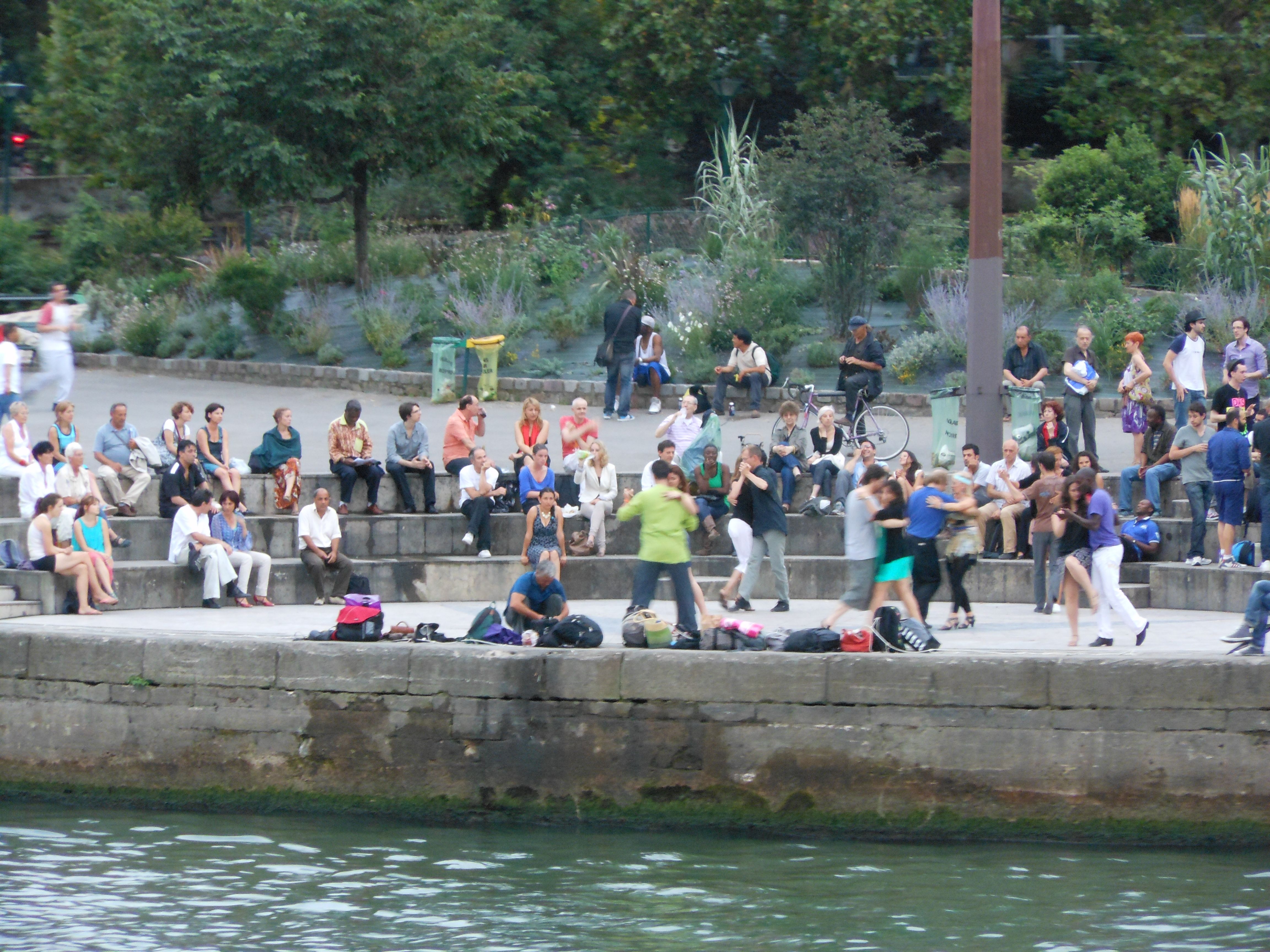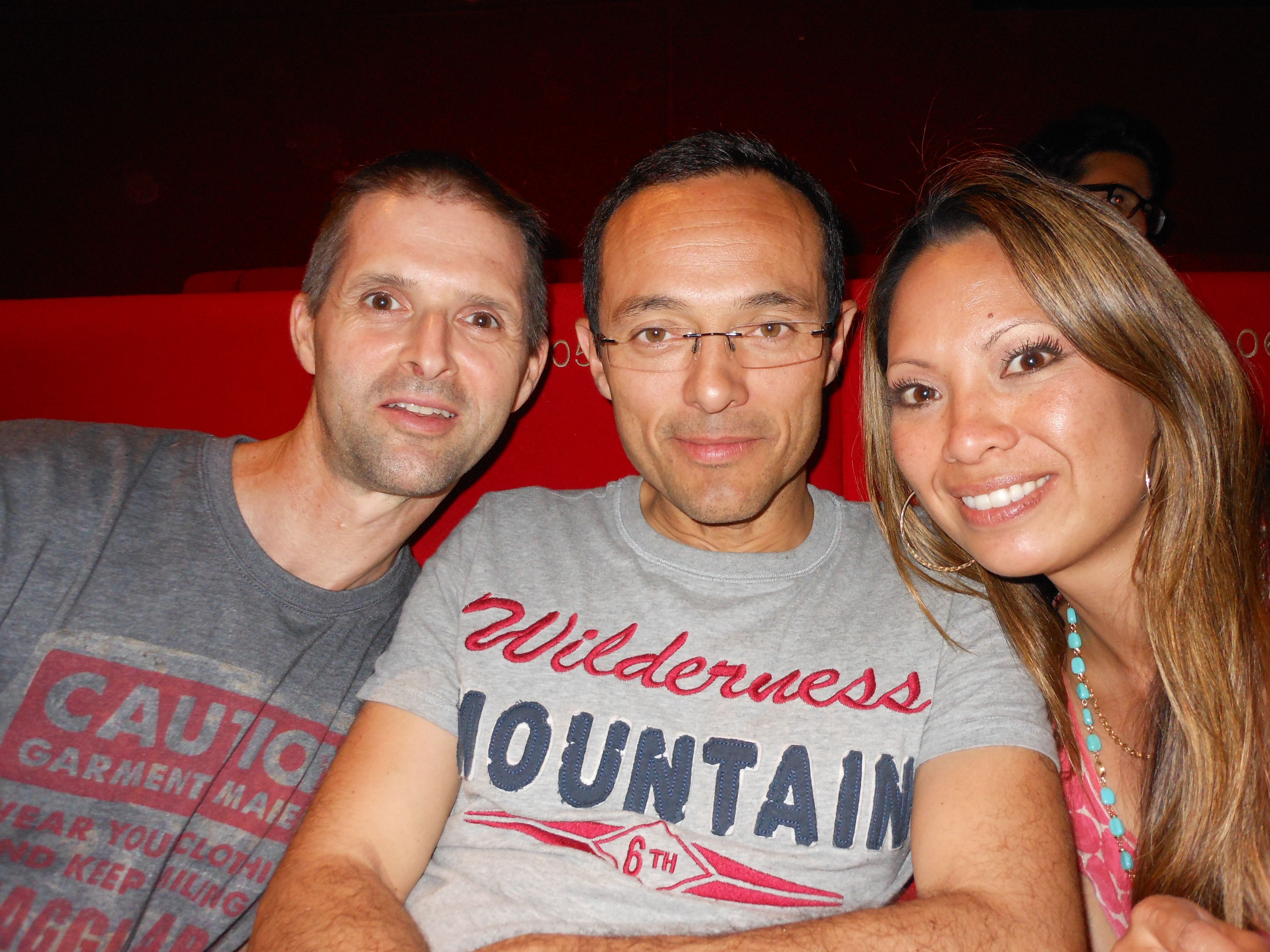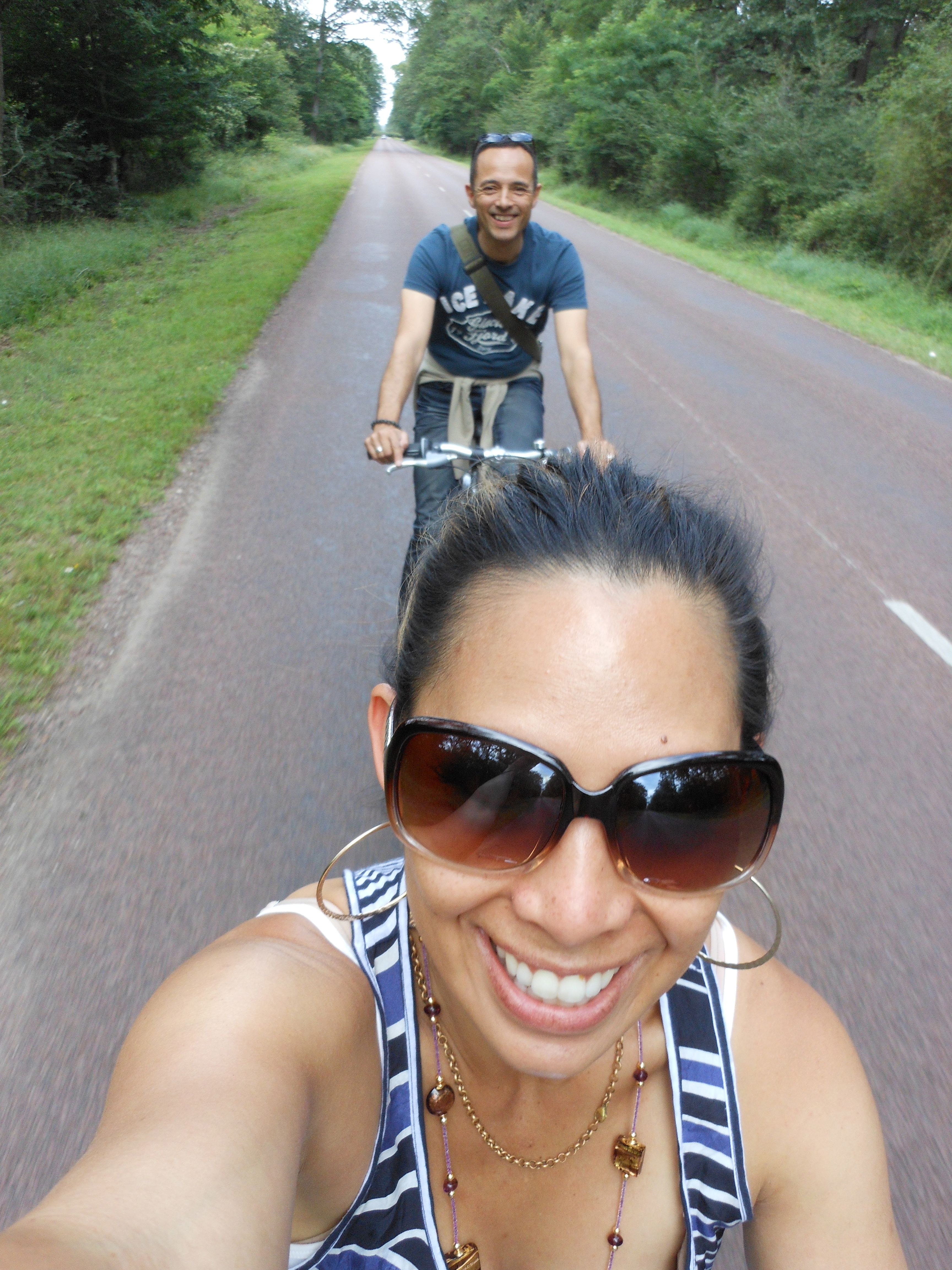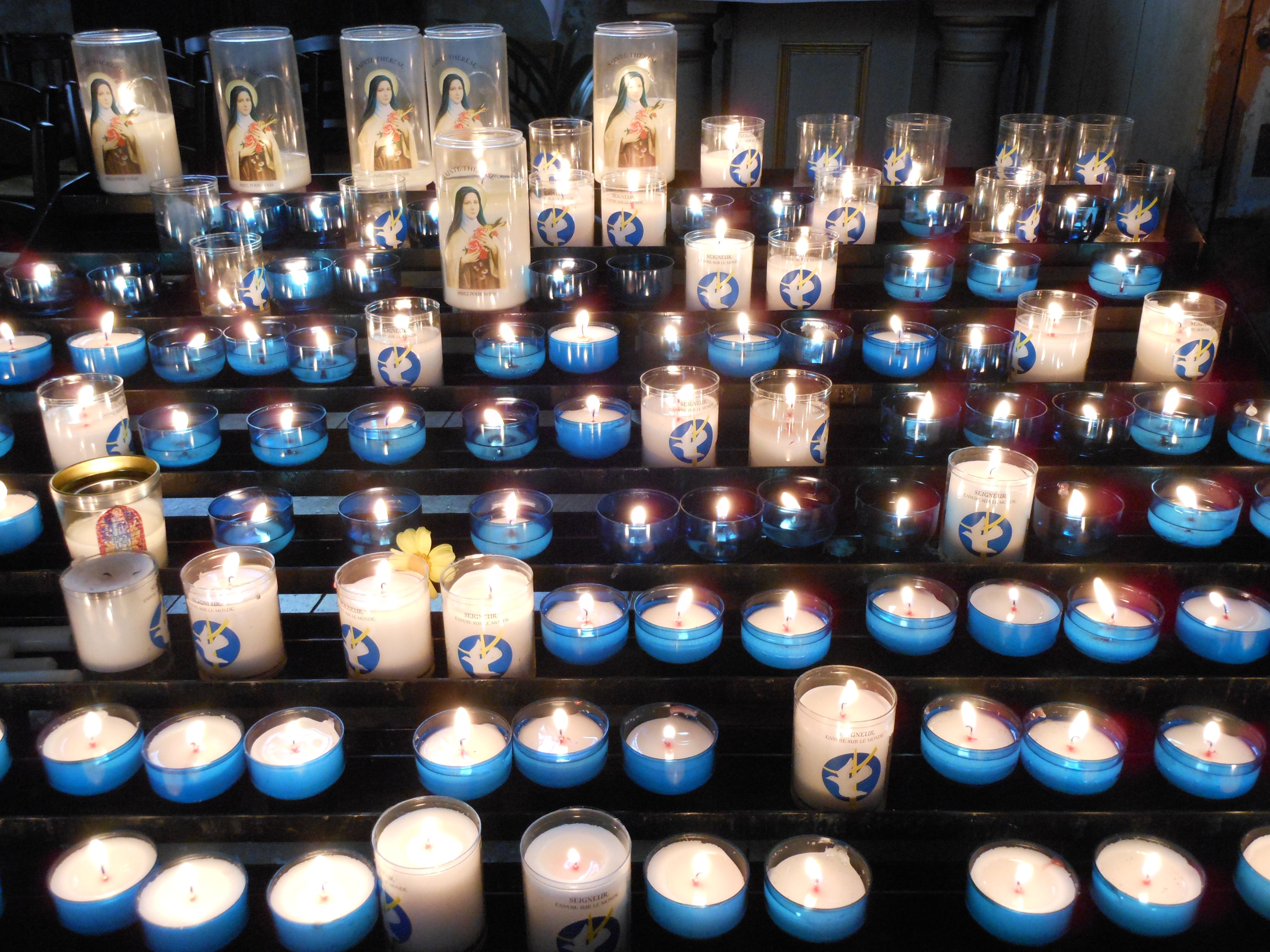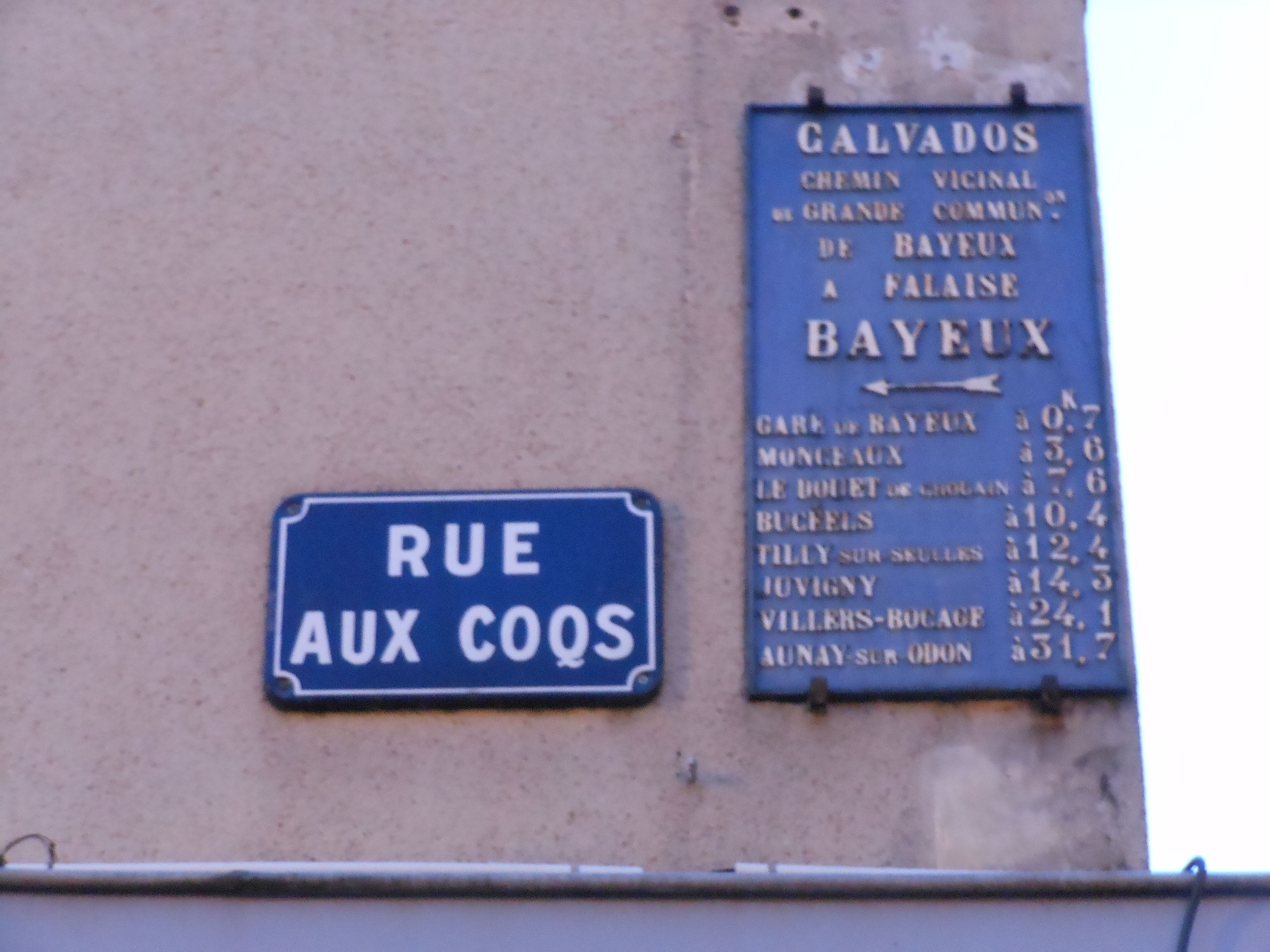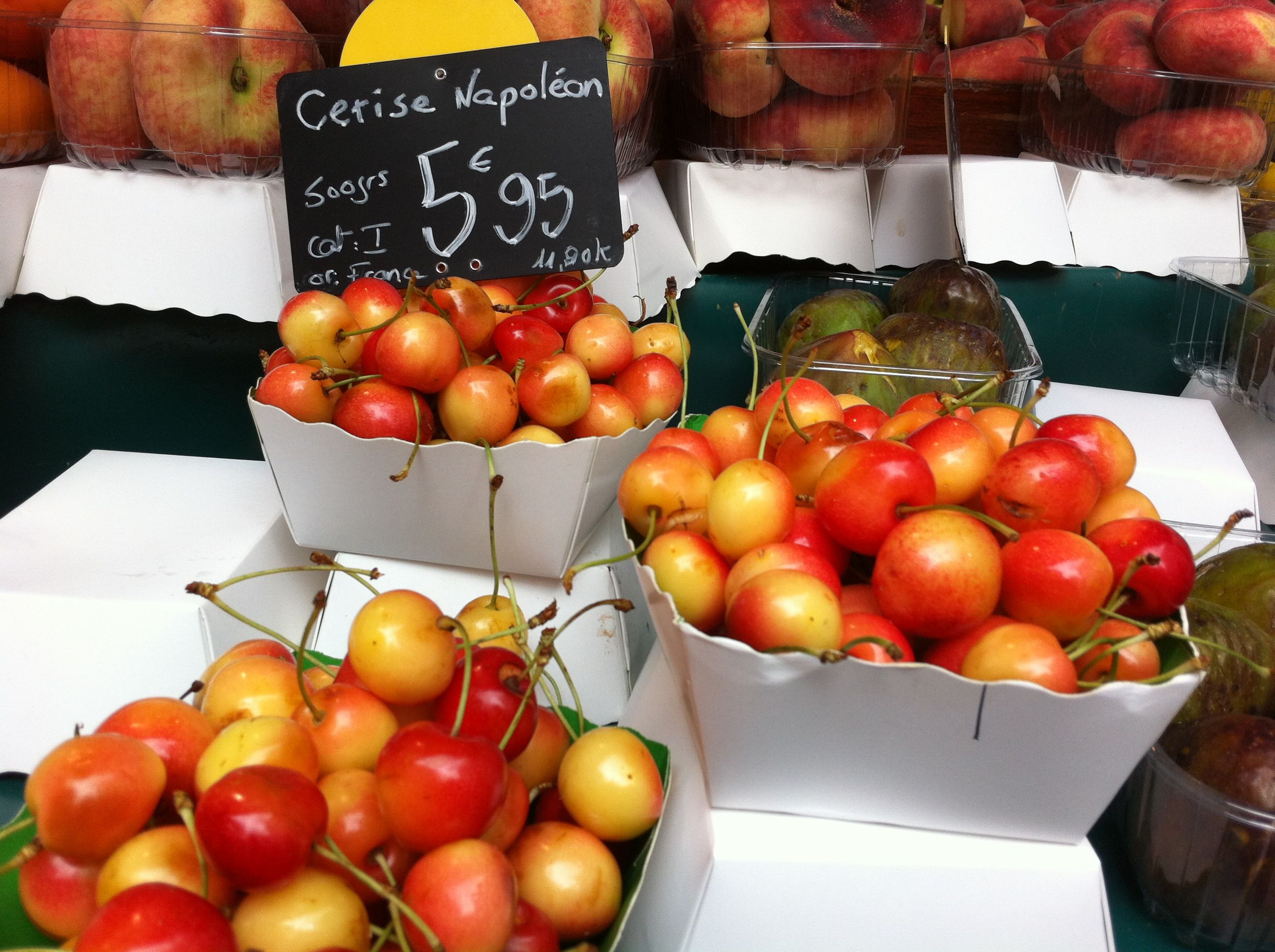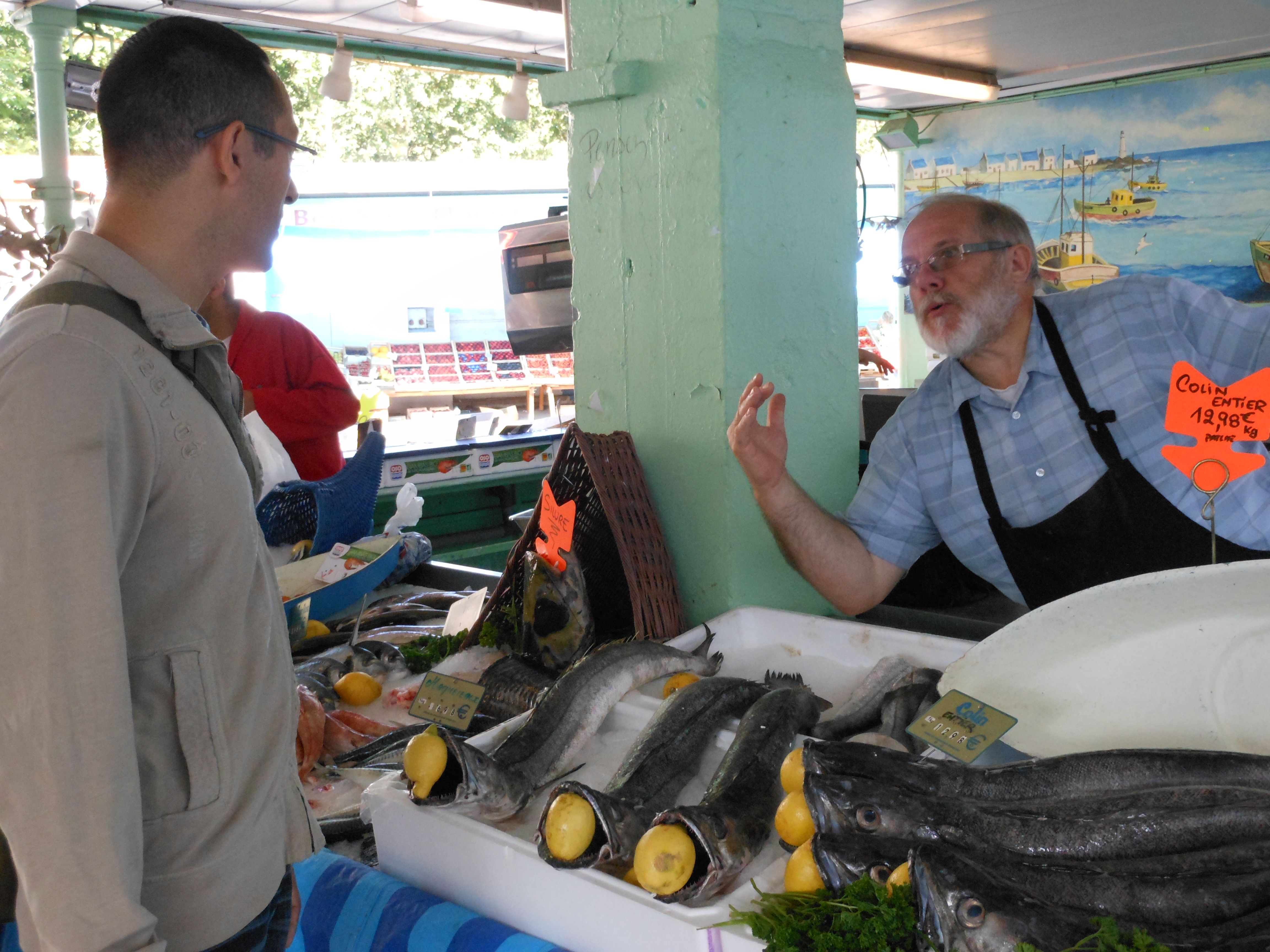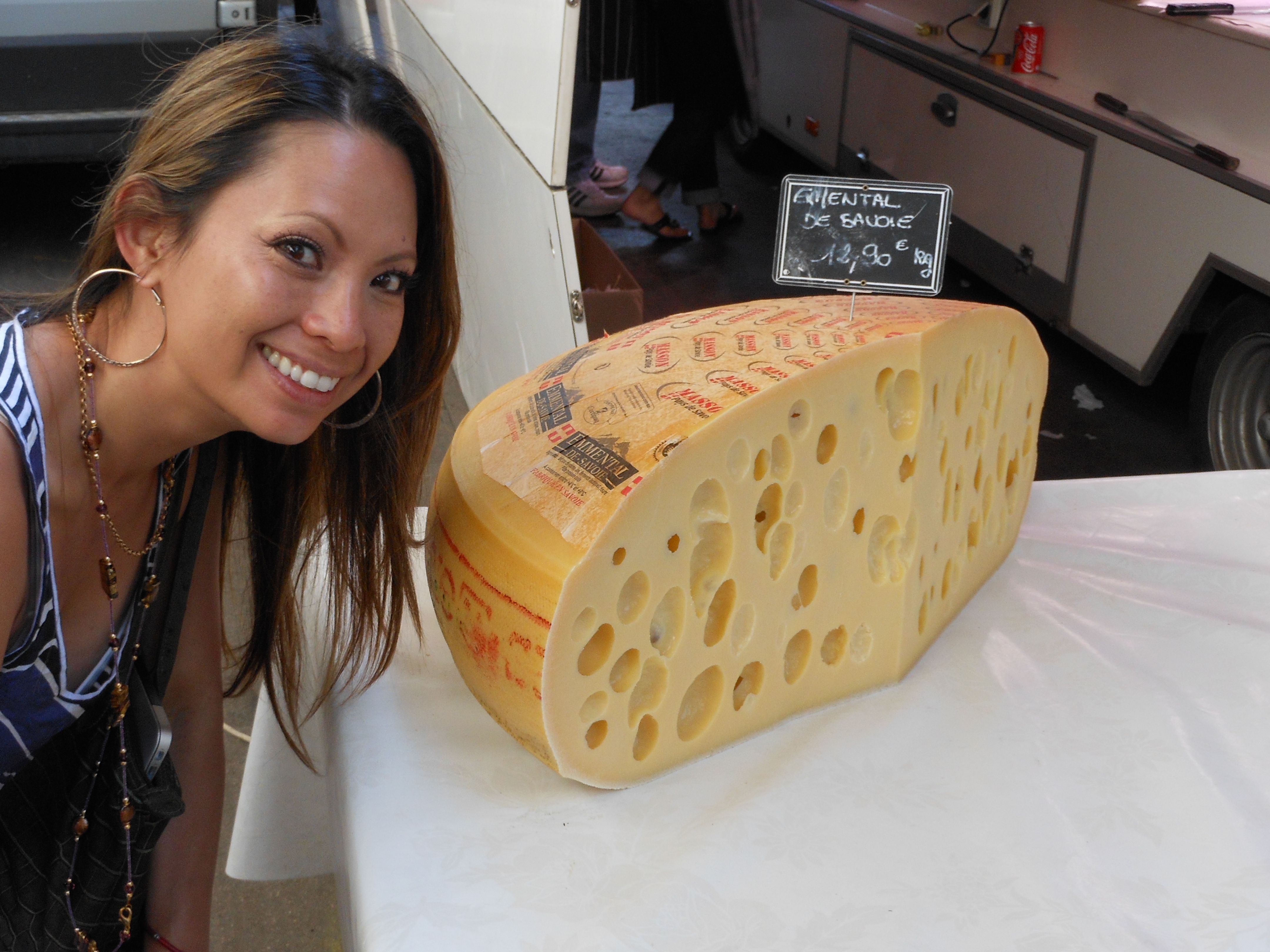I couldn’t even begin to look at the scenery around me: the glassy water, the powder blue sky, the regal mountains, and the lush vegetation along the banks of the bay. All my energies and all my attention were focused on not falling into the frigid Alaskan waters. I had no idea what I was doing on this paddleboard. I think even the sea otters were popping their heads out of the water to see what the heck I would do next. My slightly bent knees wobbled and swirled as my hips shifted this way and that to help me maintain my balance. Gravity was suddenly my nemesis, and I wasn’t certain I could win this fight. I knew I wasn’t doing this right, and the more my head got in the way of what I was doing, the worse it got.
Now, what had the crew reminded me to do, I wondered to myself? Don’t look at your feet because you’ll tend to lean over and lose your balance. Stay in the middle of the paddleboard so your weight is better distributed on the board. And just like being on a bicycle, keep moving if you don’t want to fall. All of this was ricocheting in my brain, when what I should have been focusing on was the pristine beauty all around me. I was missing out on the experience because I was wrapped up in my own fear.

This “un-cruise” we’re taking offers a variety of activities each day that are practically all new to me. We’ve done some whale watching, skiff tours, hiking, and mountain/glacier scrambles, but getting on this paddleboard and staying upright has been the most challenging thing so far. The water temperature was in the low 50s, so the last thing I wanted to do is fall in. And let’s not forget the dozens of jellyfish boppity-bopping by us. Getting stung repeatedly is not my idea of fun. Over and over, I kept repeating the crew’s instructions to myself and even caught myself singing (à la Dory from Finding Nemo), “just keep moving…just keep moving…” Seems simple enough, but the mind can play horrendous tricks on you when you let it.
Before agreeing to try this, we watched our fellow cruisers take their maiden voyages on the paddleboards. Some were naturals. Others – not so much. But all were persistent and the smiles on their faces revealed their excitement. I really wanted to do this.

Finally, two boards became available. We used the cool launching pad off the back of the boat to mount and kneel on our boards, paddles in hand. With reassurances from the crew that all would be well, all actually seemed fine until I popped up onto my feet and began to wobble. Panic set in and my brain shut down.

It was seeing my fellow passenger Natalie that brought me back to my senses. At eleven years of age, she was the youngest guest, and arguably, the most adventurous. She was in absolute control of her paddleboard. She was completely uninhibited and loving every minute of it. In an instant, I cast off my fear. I actually began to feel lighter, and that made me feel more in control of my body, my mind, and my paddleboard.
I took long strokes with my paddle so I could catch up with Rick, who looked like he had found his calling in life. He was doing a great job, and I was so proud of him. We decided to get close to the shore so we could be in a better spying position to see the sea life that dwelt beneath us.


The depth and terrain of the coastline changed dramatically every which way you turned. I’m pretty sure I killed many kelp plants and lots of shelled things while pushing off the rocks that I nearly crashed into. And since I needed to be in perpetual motion, it was challenging to stay in one spot to gawk at a starfish or sea anemone. I’d see something, say “ooh, ooh, ooh!” like a chimp, glide right past it, and then find myself temporarily beached on a mussel-encrusted mass. By the time I could push off and do a donut to swing back to where I was, I’d forget exactly where I had been looking.

But no matter. There was so much to explore. Standing up while being so close to the water gave us a fantastic perspective on the sea life. It was like being in your own HD Discovery Channel program, but better. In between the floating tresses of kelp, you could catch a glimpse of spiny, multi-colored sea urchins traversing the rocks below. Farther along, hundreds of their white skeletons littered the sandy floor of the bay, presumably having been consumed by their predators, the sea otters. Every now and again, salmon trying to get to the nearby stream to spawn would swim speedily by me and then suddenly jump out the water. You could get whiplash each time you spotted one.
The animals that tested (and strengthened) my paddleboard skills the most were the crabs. They are fast little suckers. They weren’t plentiful, but once you saw one, it was easier to spot the others. Rick claims they were Dungeness, but I have no clue. All I know is that they can side-walk away from me faster than I can maneuver my board to aim in their new direction. I easily spent thirty minutes just chasing crabs like a maniac and loving every moment. I felt like a kid again—not because what I was doing was silly, but because I found that place in me where it was cool to let go of my inhibitions and to do something for the pure joy of it without worrying about what anyone else thought. It’s been a long time since I’ve felt that.

But the ultimate moment came when what I thought was a gigantic three-foot long salmon swam out from underneath my board and shot out ahead of me. The sunlight that broke through the water struck him in such a way that he glistened so brightly that I had to shade my eyes. As he continued weaving ahead of me, I shouted to Rick in the rapid-fire tempo of a teenage girl, “Omigod! Did you see that? What was that? Is that a fish? What kind of a fish is that, Babe? Was that a salmon? Did you see it? There! Over there!” And before he could respond, my “fish” burst out of the water and just stared at me. I mean, really stared at me. Suddenly, it dawned on me that I’m was getting mad-dogged by a harbor seal who was looking at me like he was thinking, “I’m a harbor seal, you idiot. Not a salmon.” And just like that, he ducked back down into the water and took off for who-knows-where.

When Rick and I finally made it back to our boat, we were both still on cloud nine. I felt triumphant. I did realize that I hadn’t done anything heroic, or difficult, or original. But I had found the means to get out of my own way and move past my little fears so I could have a really amazing experience. Not only can I confidently paddleboard now, but I got to see things I never would have seen if I had just stayed on the boat or given up when I got nervous.
It’s been said so many ways before: carpe diem, seize the day, stop and smell the roses, fortune favors the bold, take the bull by the horns, or just do it. When we travel, we must hold this especially true. If you take the time (and the money) to travel far from your home, then you owe it to yourself to travel away from your comfort zone, too. When will you have the chance to do this again? There’s no time like the present, and the memories you’ll create will be your trophies for overcoming your fears. Be bold. Be daring. Be a little bit crazy. Be the you you always knew you could be, and you will surely reap the rewards.
By the way, we got back to the boat just in time to see that Natalie had convinced about a dozen other passengers to join her for a Polar Plunge off the back of the boat into the jellyfish-filled, chilly water. Crazy? Maybe. Adventurous? Definitely. And I’m absolutely certain that they will all happily remember that experience.

